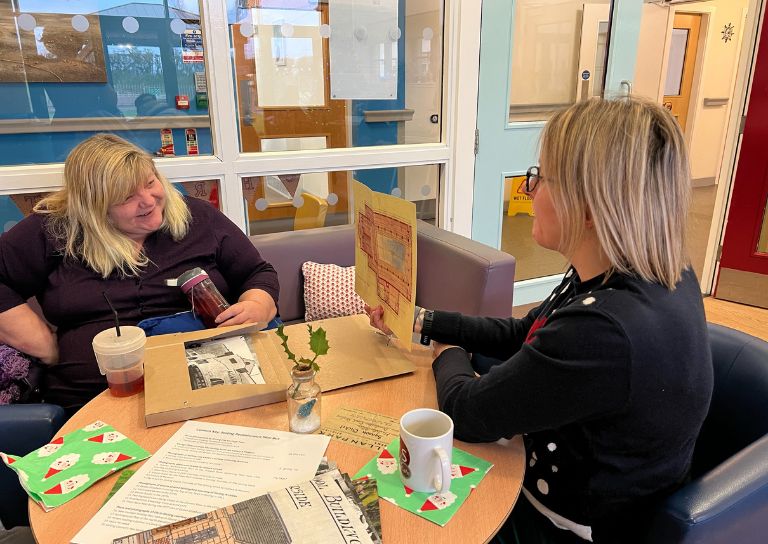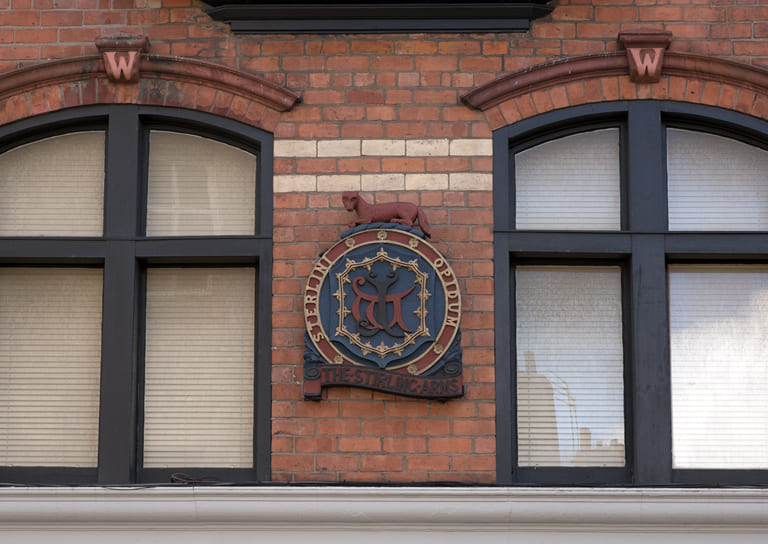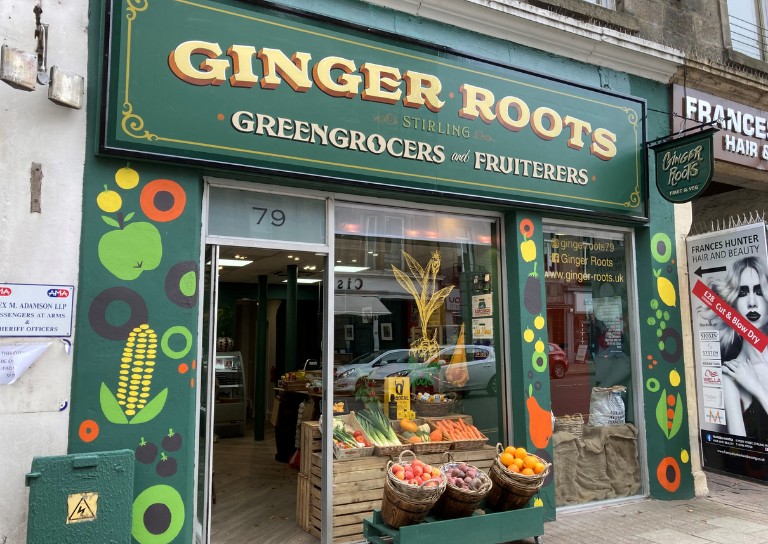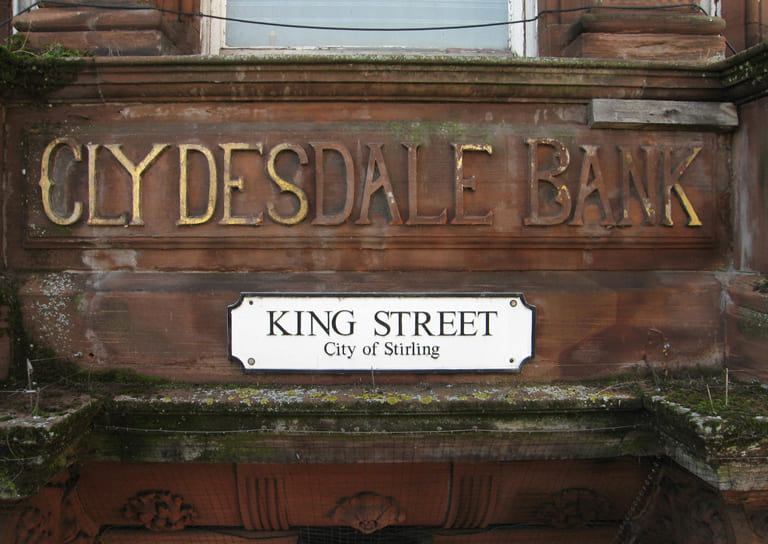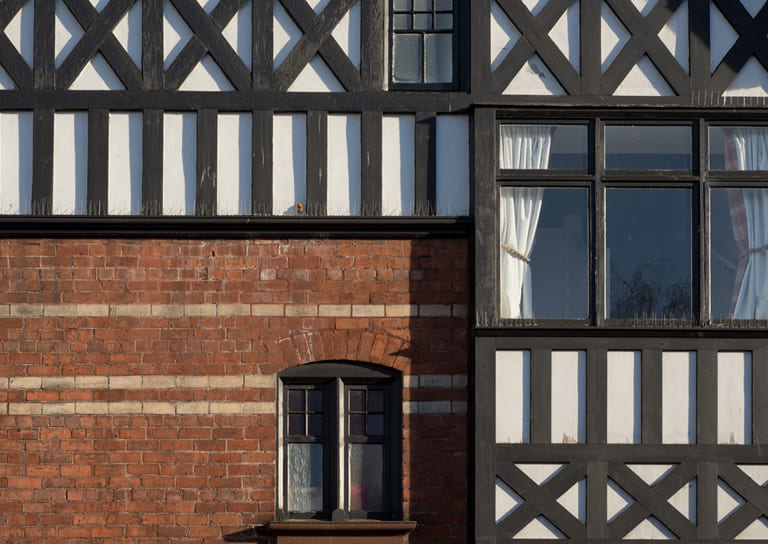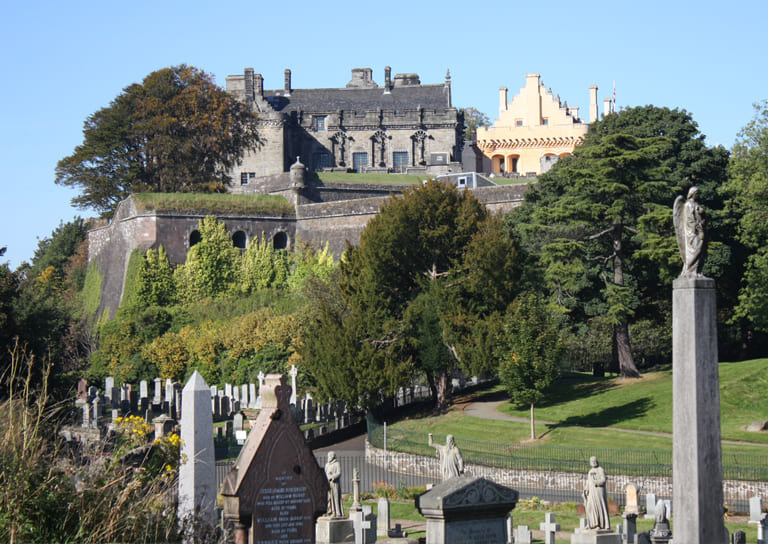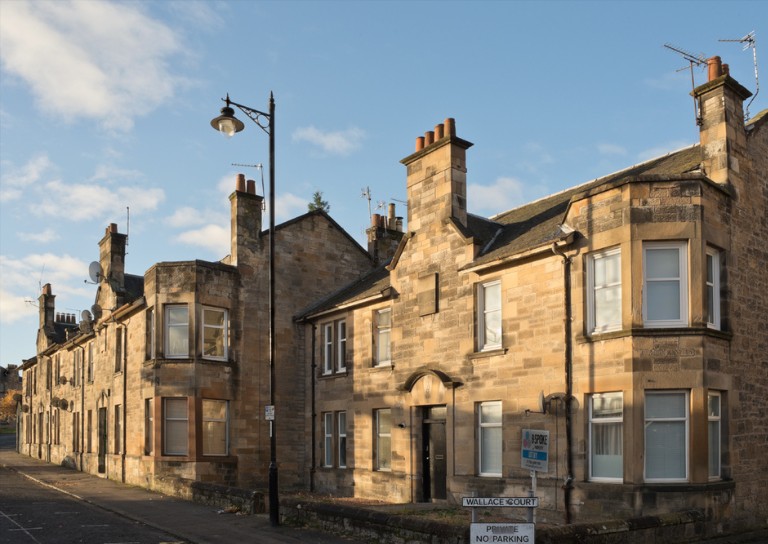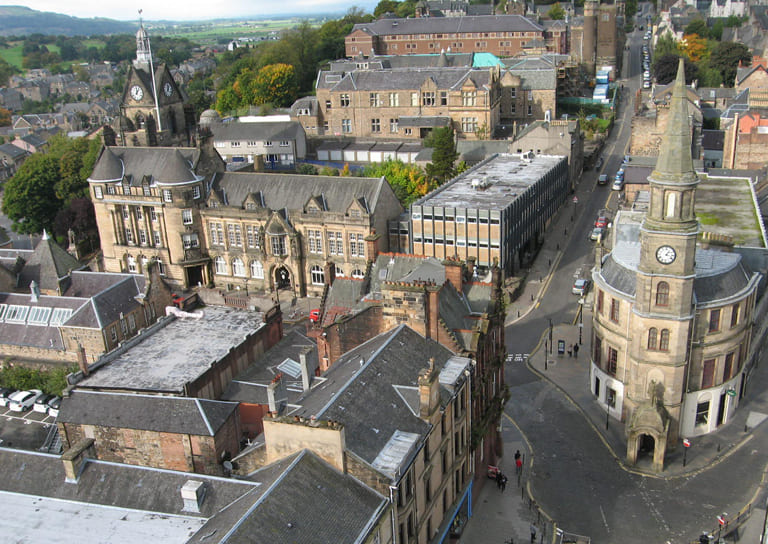- Home
- Our Work
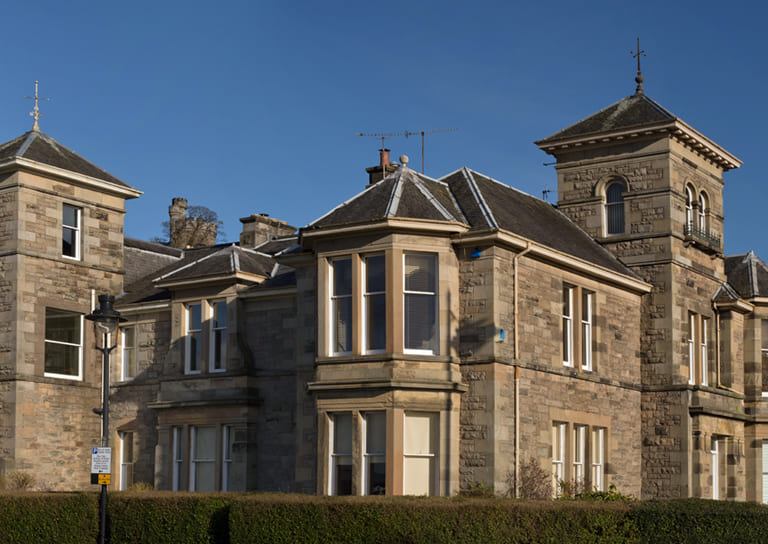
- Stirling's Story
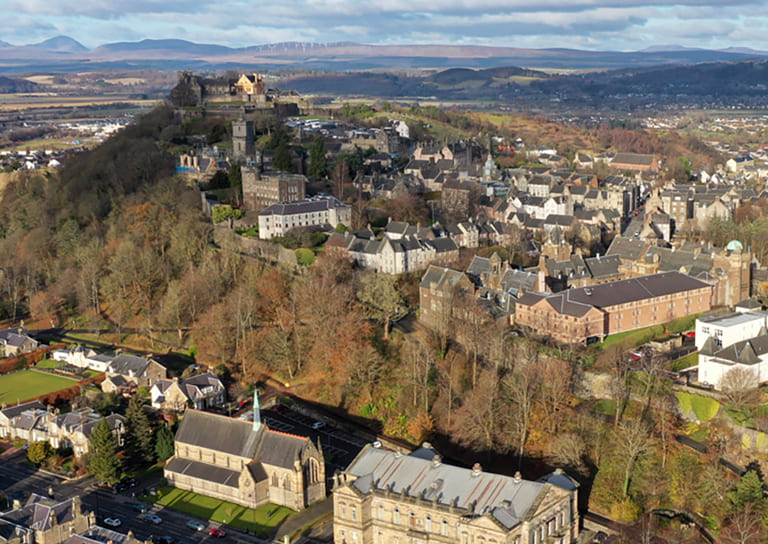
- Blog
- Women in Construction at Bannockburn House
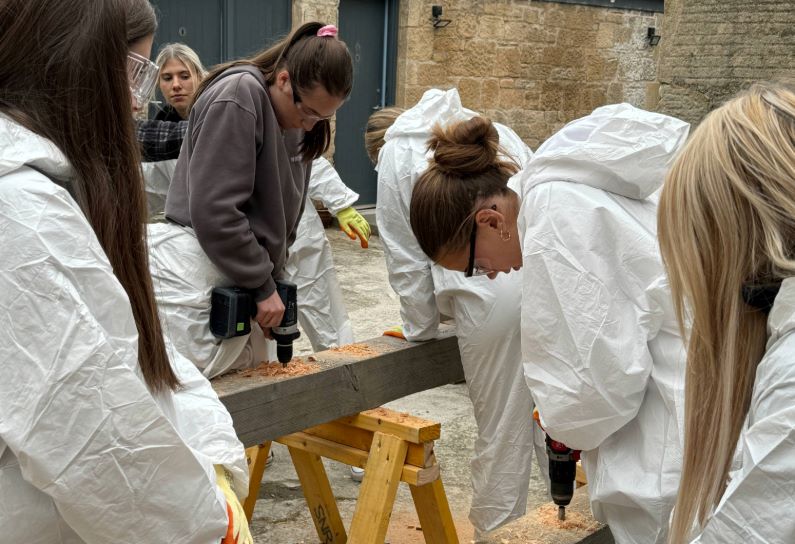
- Avenues to the Past: Stirling’s Historic Streets Exhibition
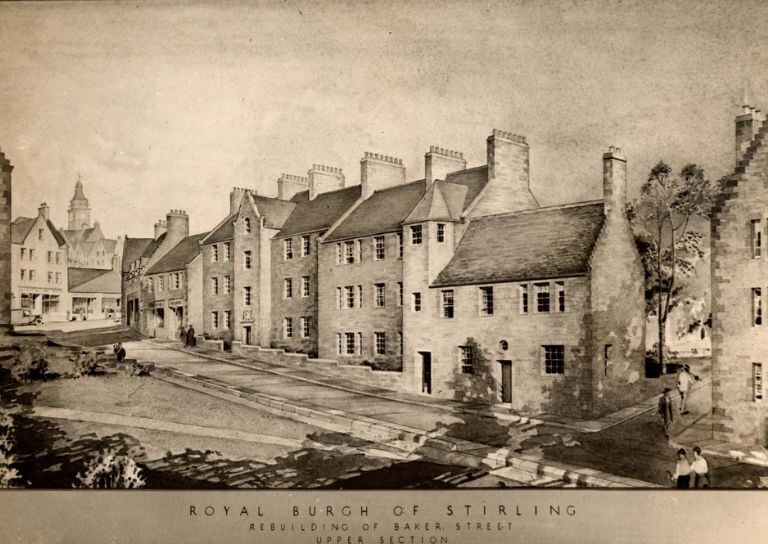
- Stirling Business Awards 2025

- What is a Conservation Area
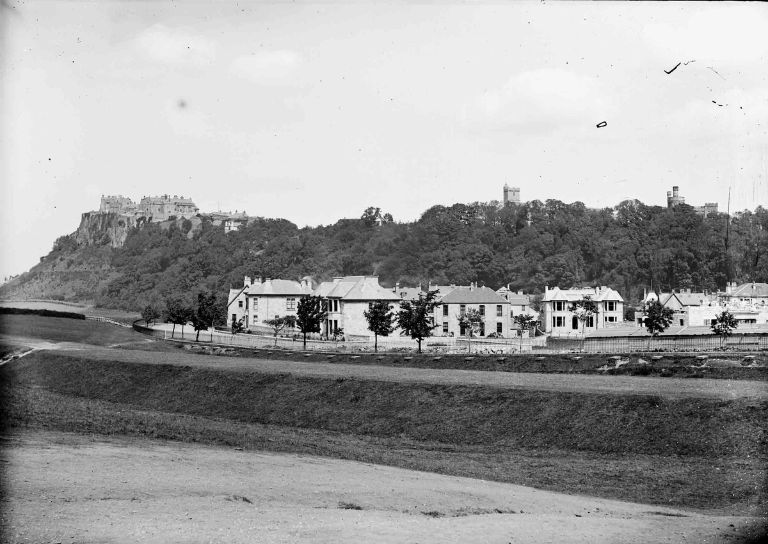
- 20 Great Buildings of Stirling
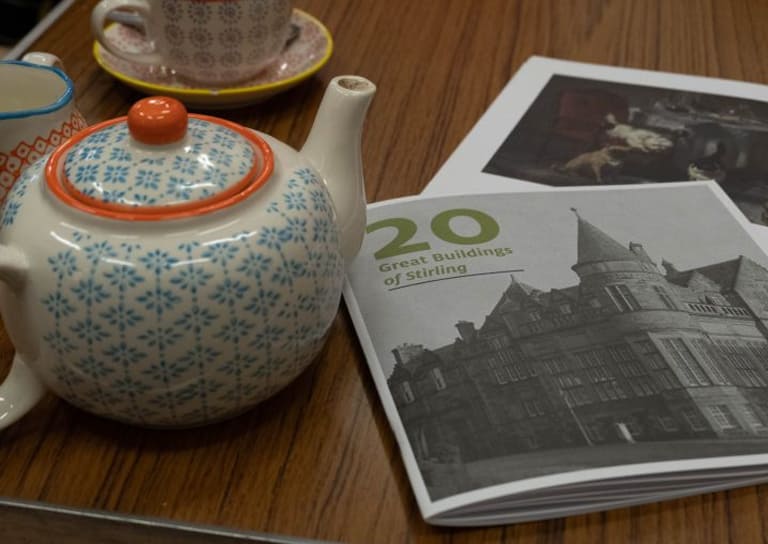
- Reminiscence Art Project
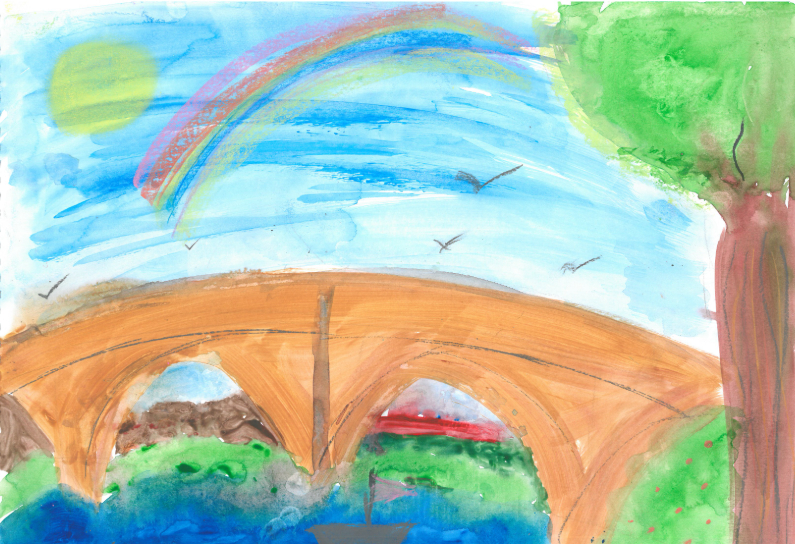
- On the European Stage: Preserving by Maintaining conference, Bratislava
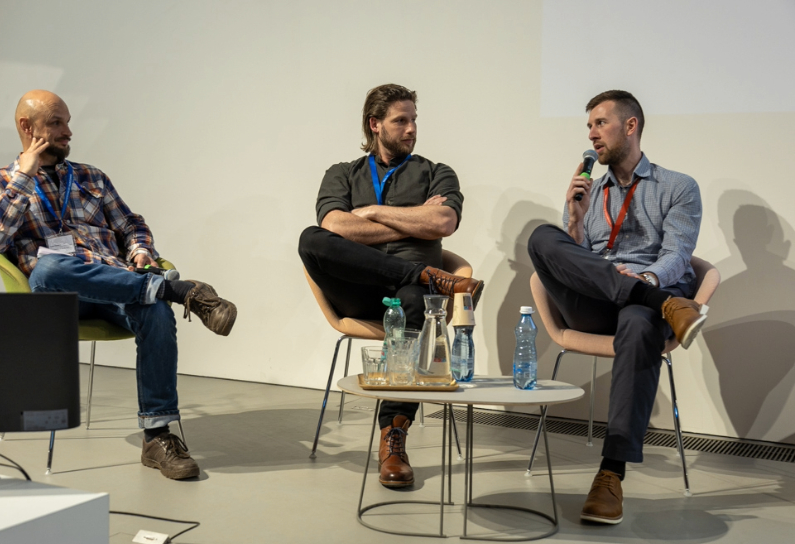
- The Abolition Movement in Stirling
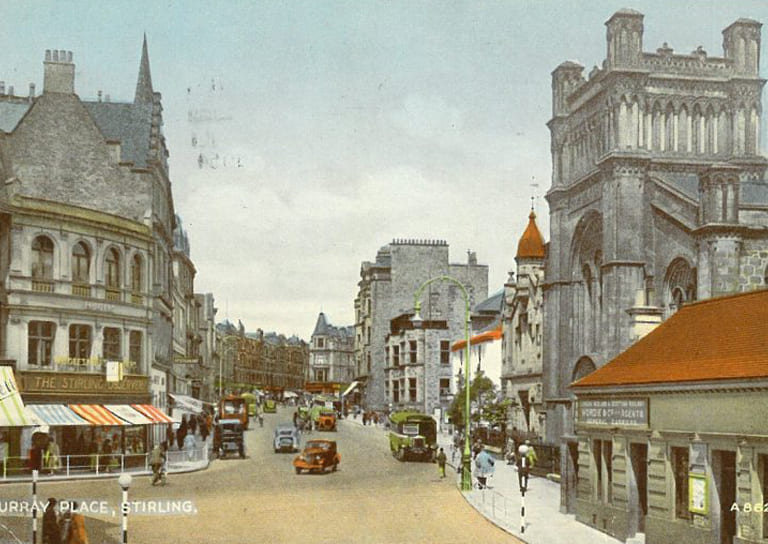
- Practical Workshop on Retrofitting Insulation with A. Proctor Group

- Walker Family Visit
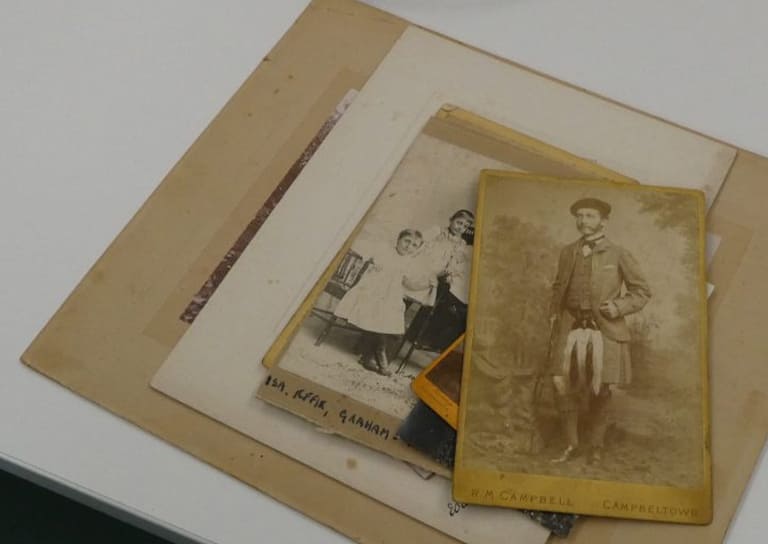
- Ghost Tales from Stirling
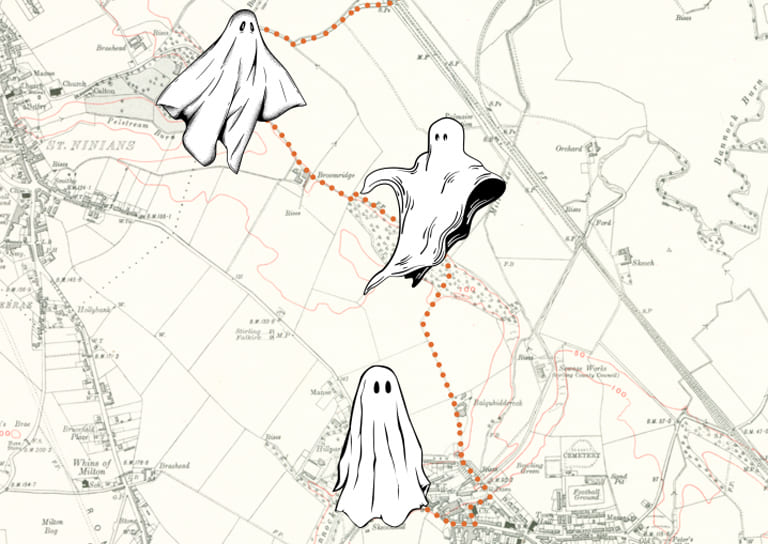
- Snowdon House and The West Indies
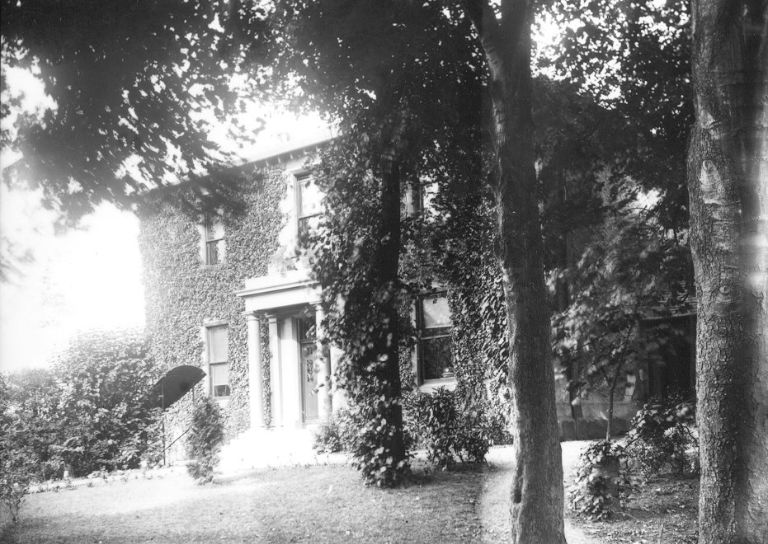
- Stirling’s Streetscape Stories: Photography Workshop
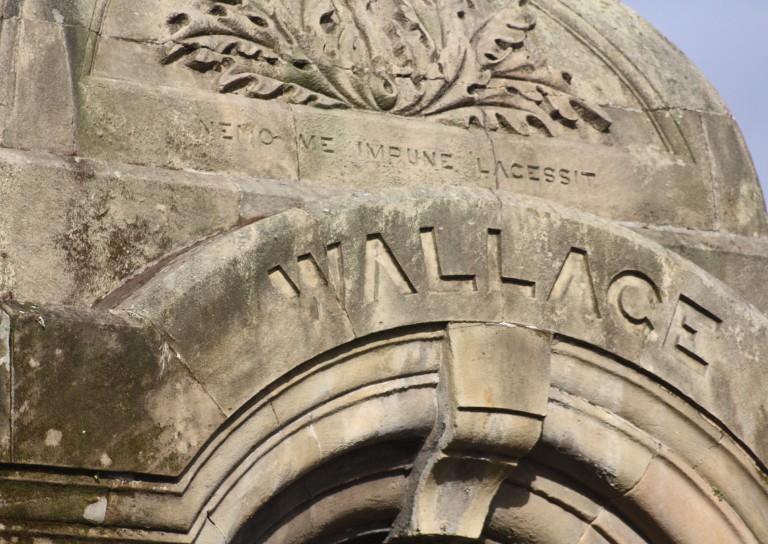
- Stirlingshire’s Highland Games
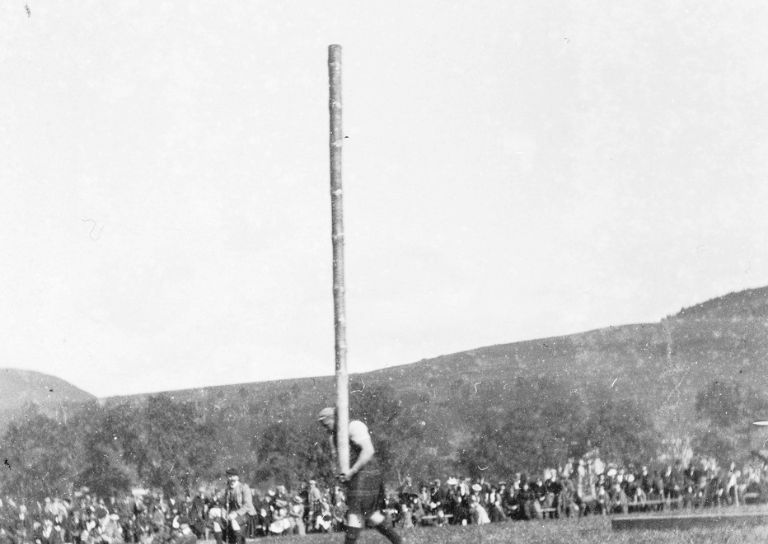
- Creative careers in the heritage sector
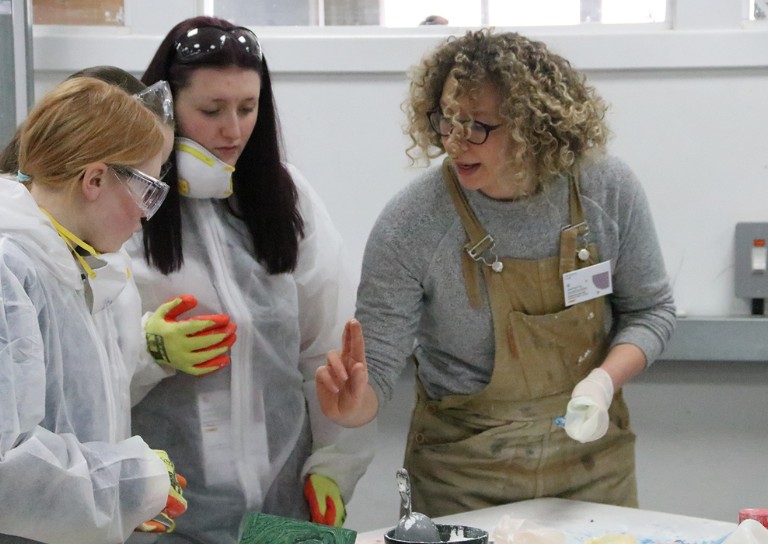
- Postcards From Stirling
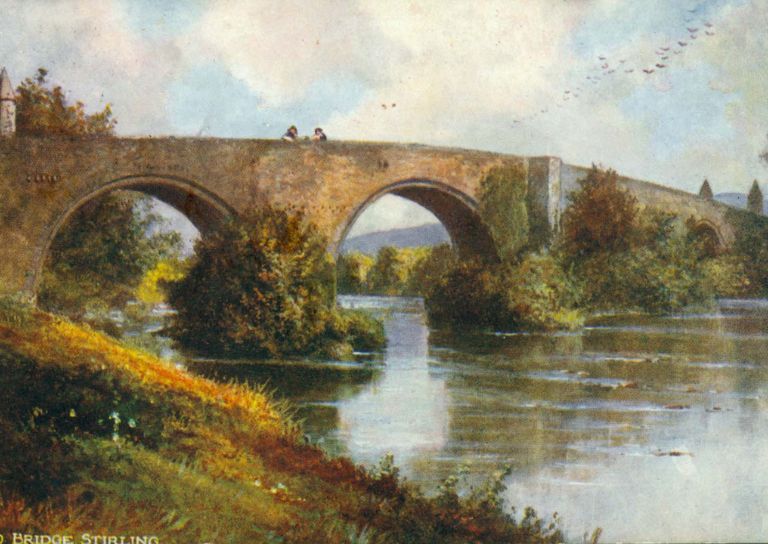
- Stirling’s Gala Days
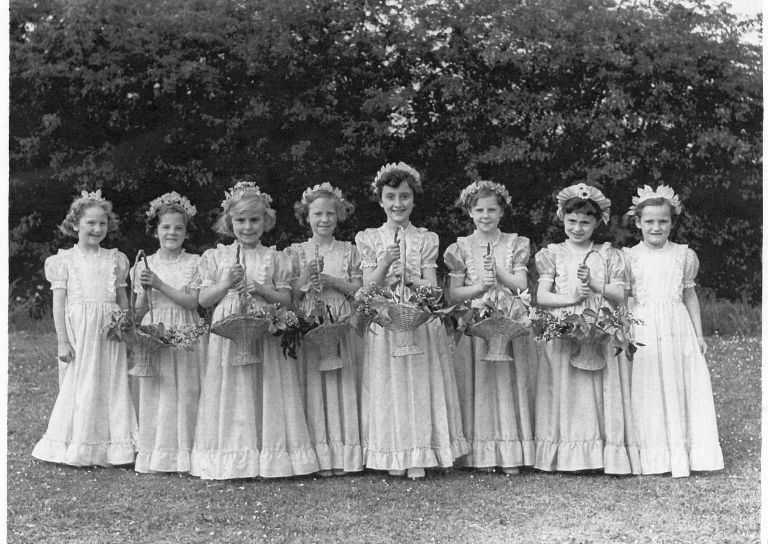
- Building Surveying Student Intern at Stirling City Heritage Trust
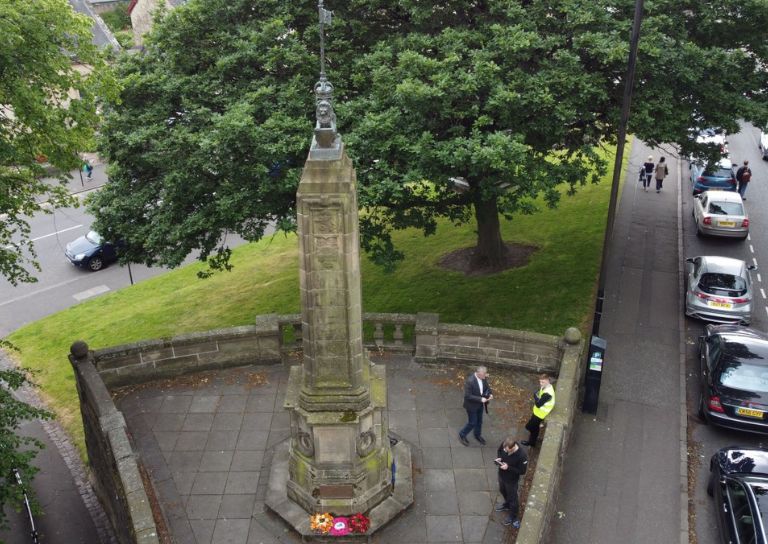
- Heritage Trail: Stirling Walks
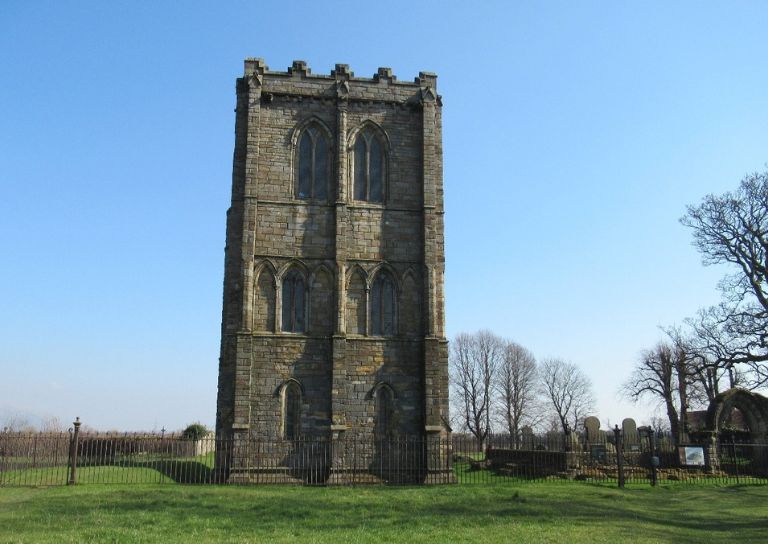
- Local History Resources
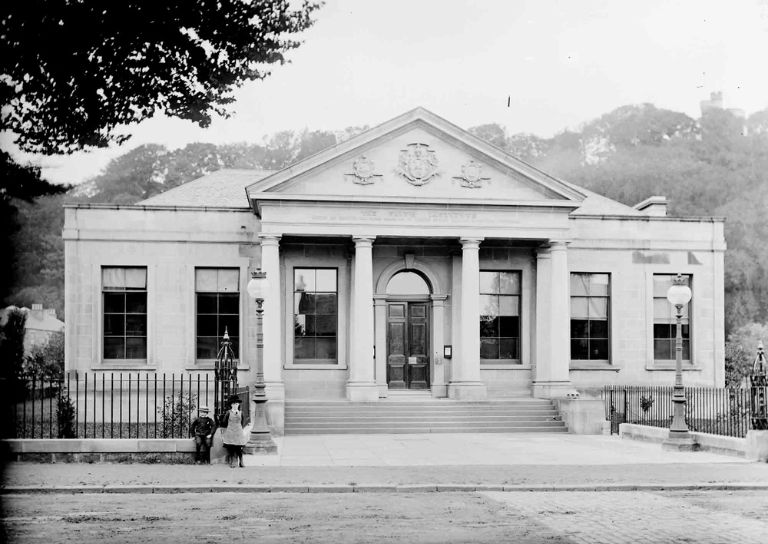
- Stirling Through the Decades
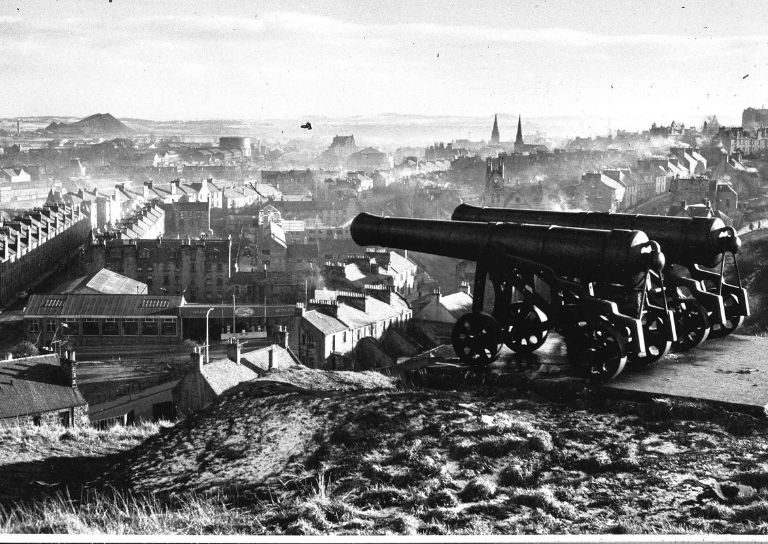
- Stirling’s STEM Pioneers
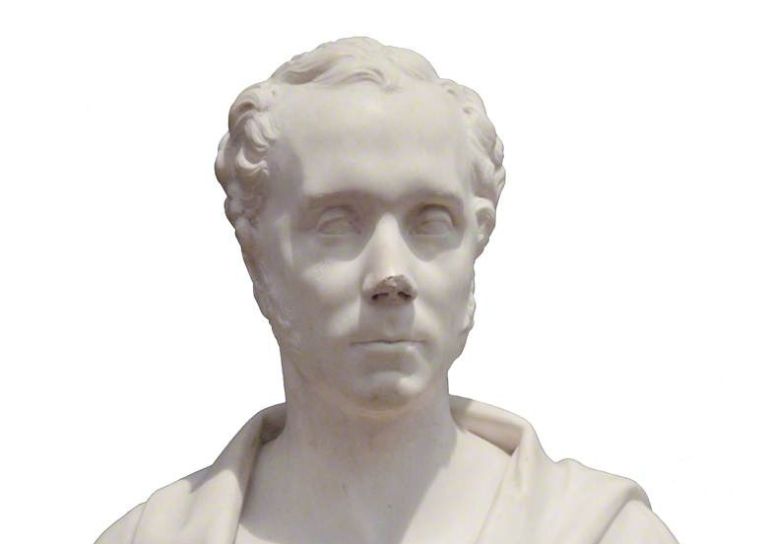
- Traditional Skills: Signwriting
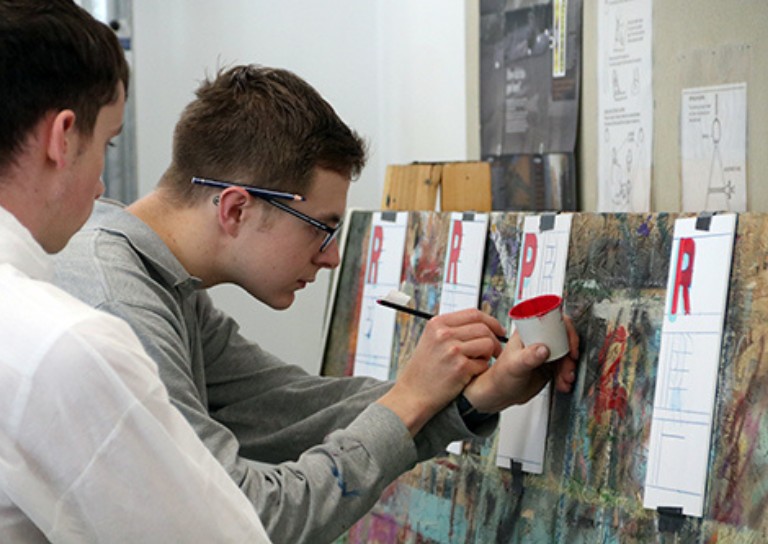
- Christian MacLagan, a pioneering lady, but born too soon?
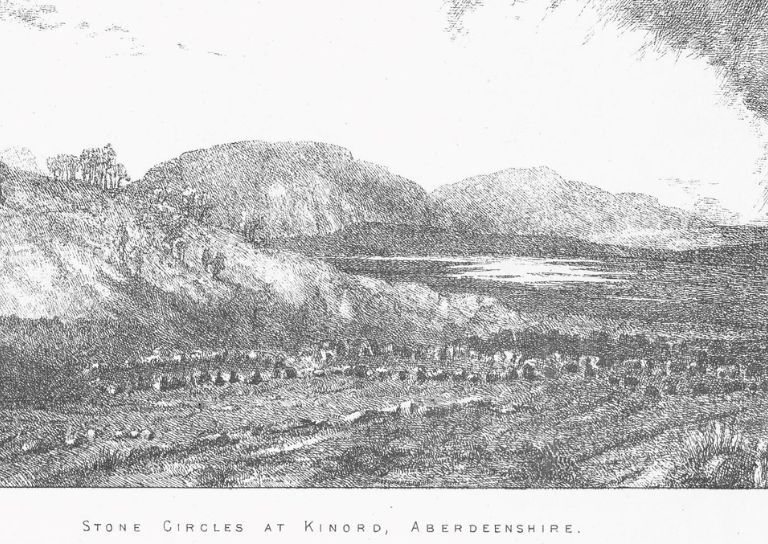
- Traditional Shopfronts in Stirling
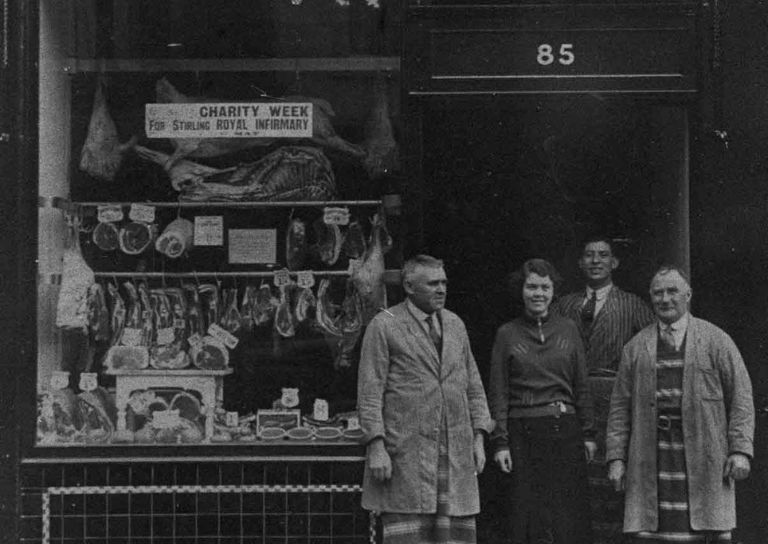
- Stirling History Books for World Book Day
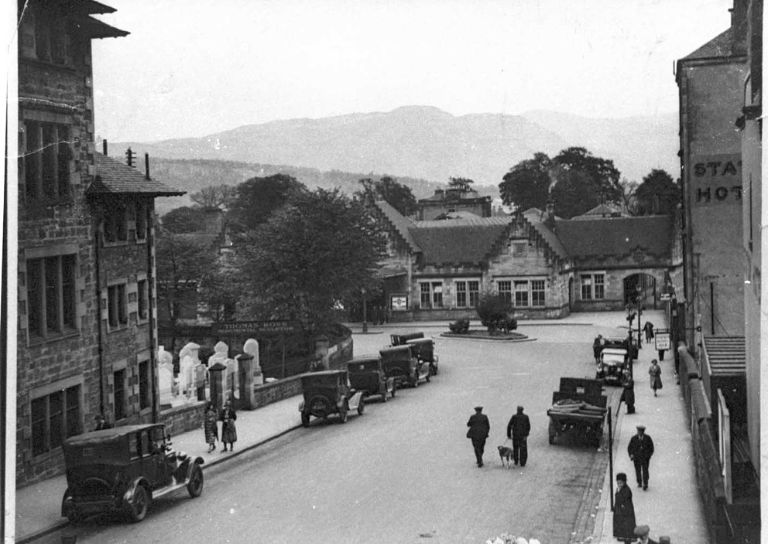
- My Favourite John Allan Building by Joe Hall
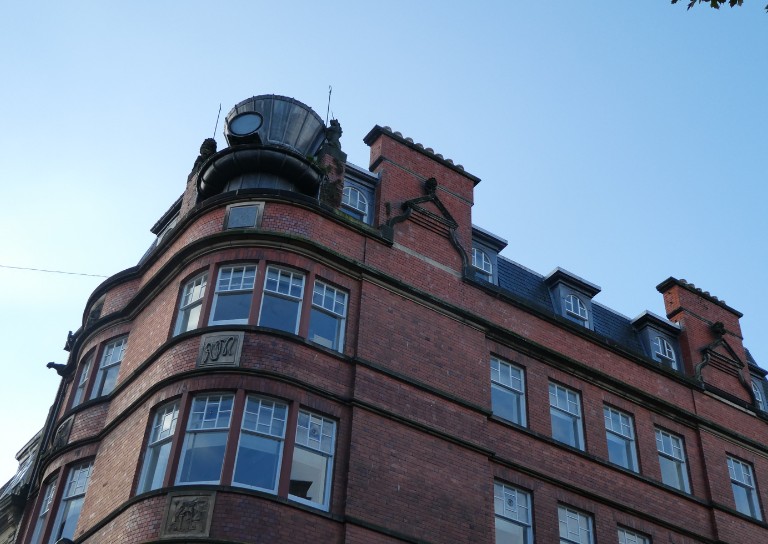
- My Favourite John Allan Building by Lindsay Lennie
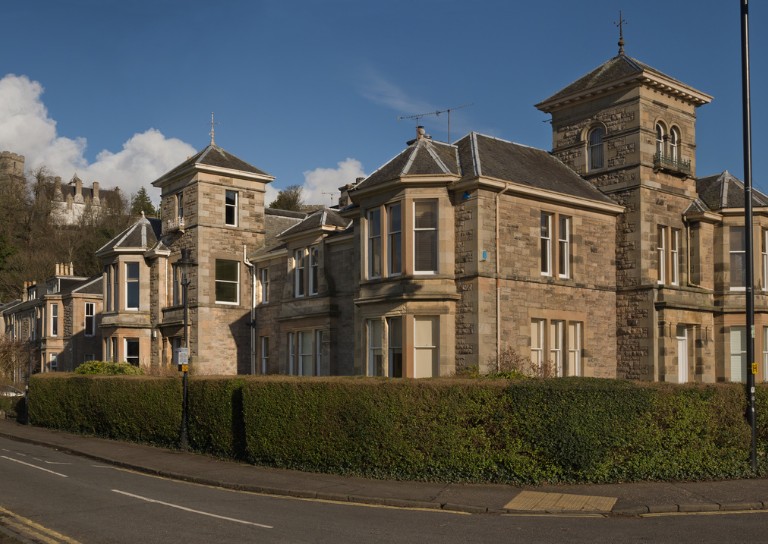
- My Favourite John Allan Building by Andy McEwan
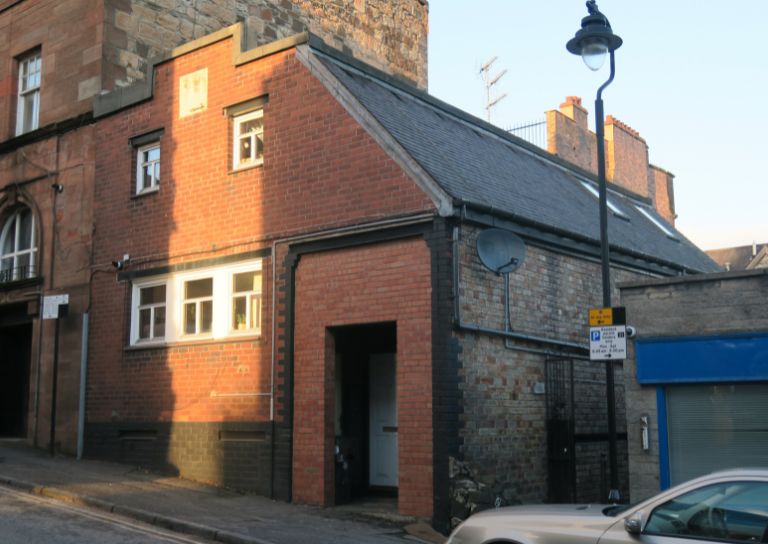
- My Favourite John Allan Building by Pam McNicol
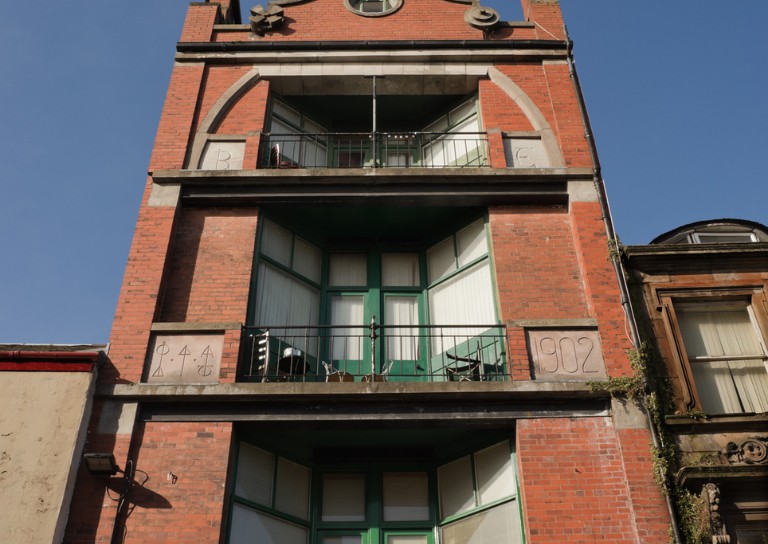
- Celebrating John Allan: A Man of Original Ideas
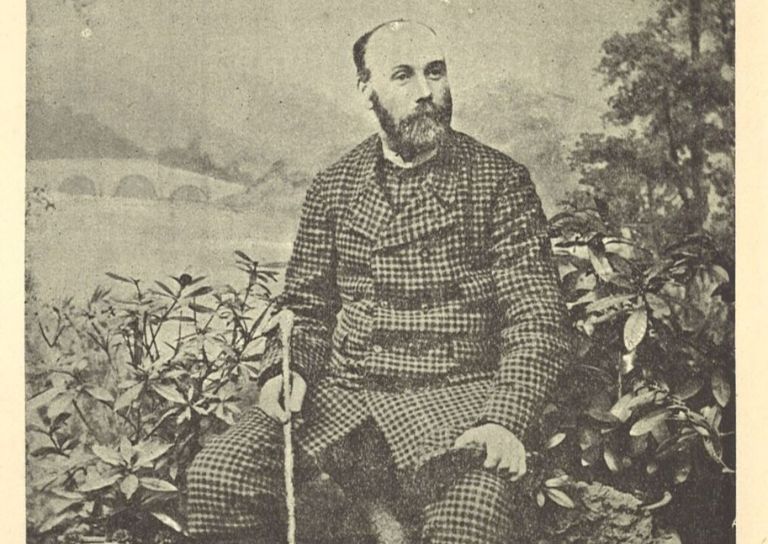
- The Tale of the Stirling Wolf
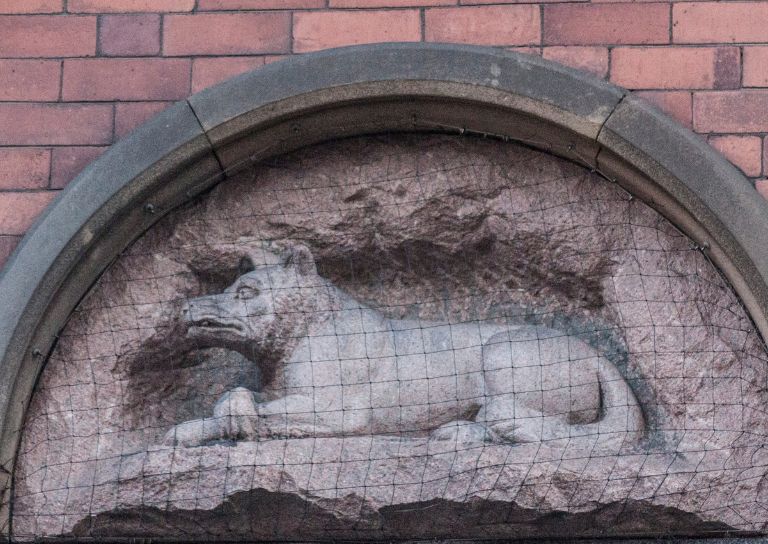
- Stirling: city of culture
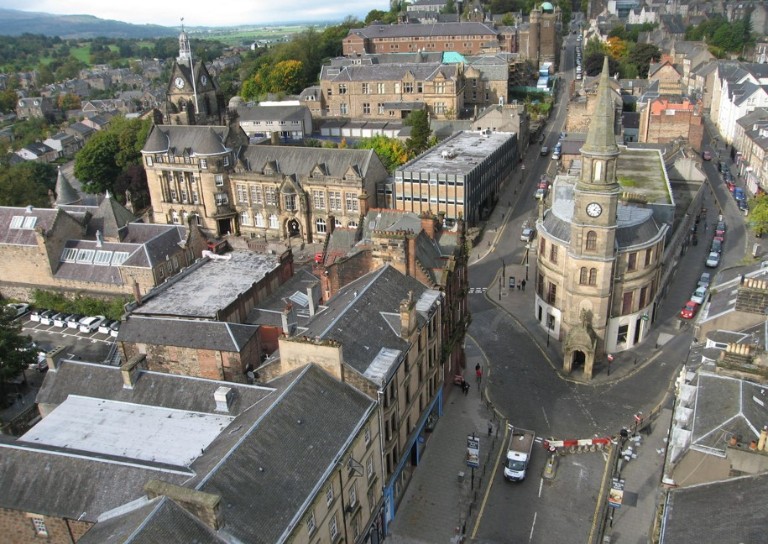
- Christmases Past in Stirling
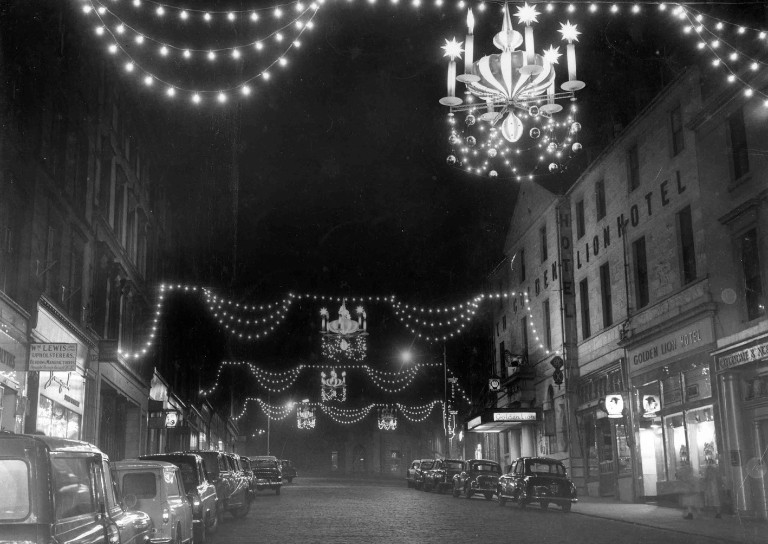
- Stirling’s Historic Graveyards
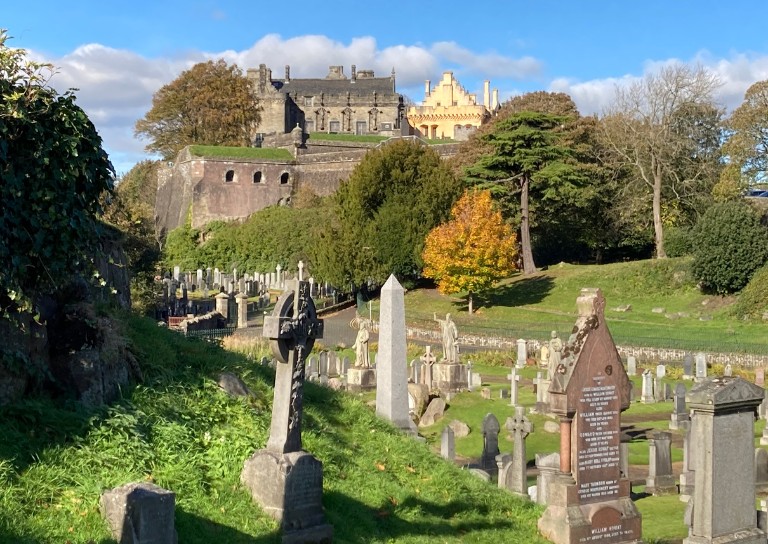
- Top 10 Tips for Architectural Photography
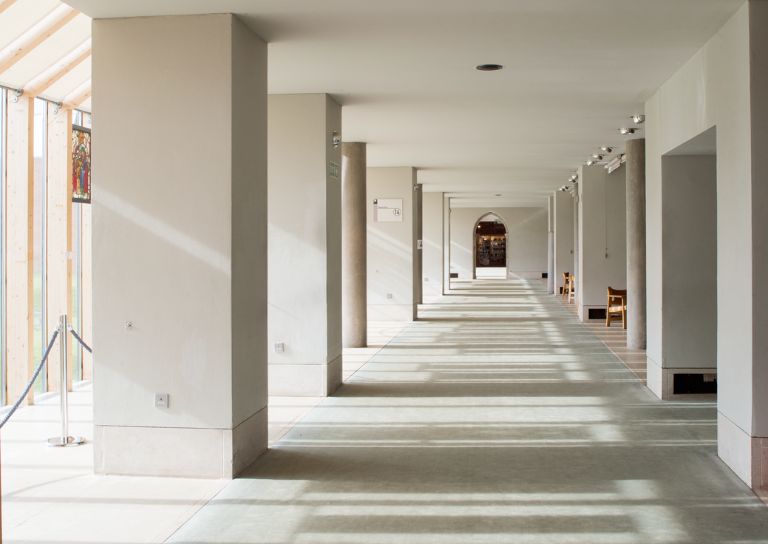
- An Interview with David Galletly
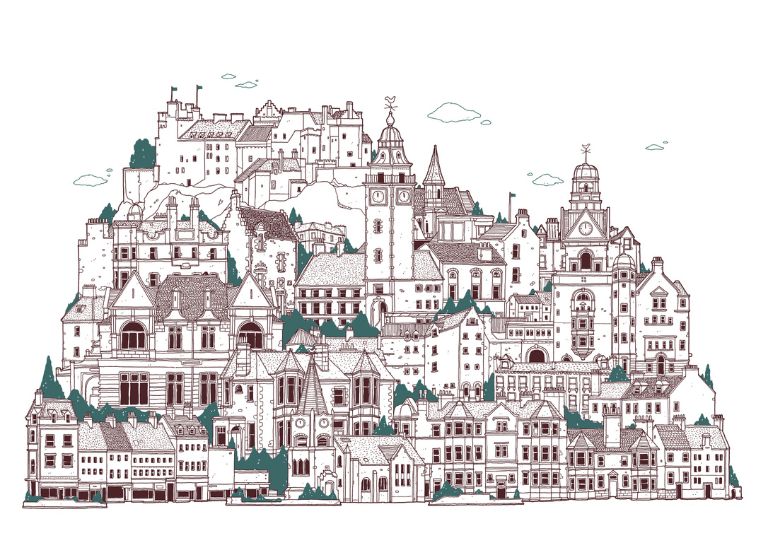
- Springtime in Stirling

- The Kings Knot – a history
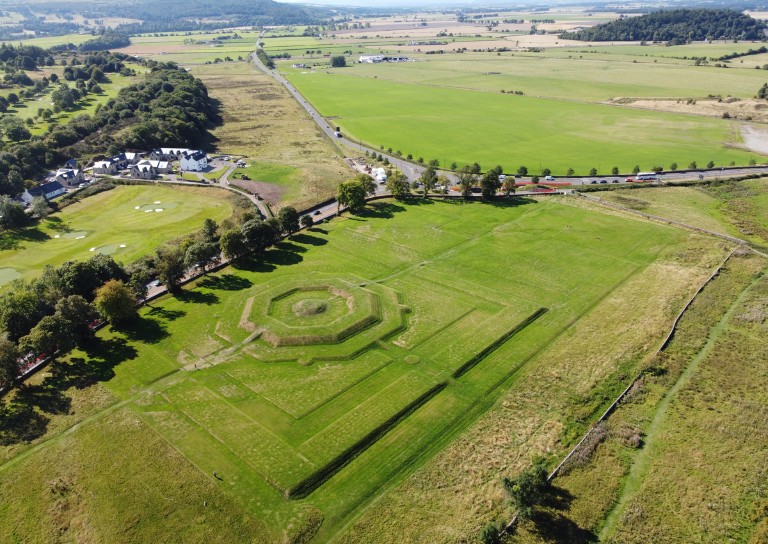
- A Future in Traditional Skills

- Robert Burns’ First Trip to Stirling

- Stirling’s Witches
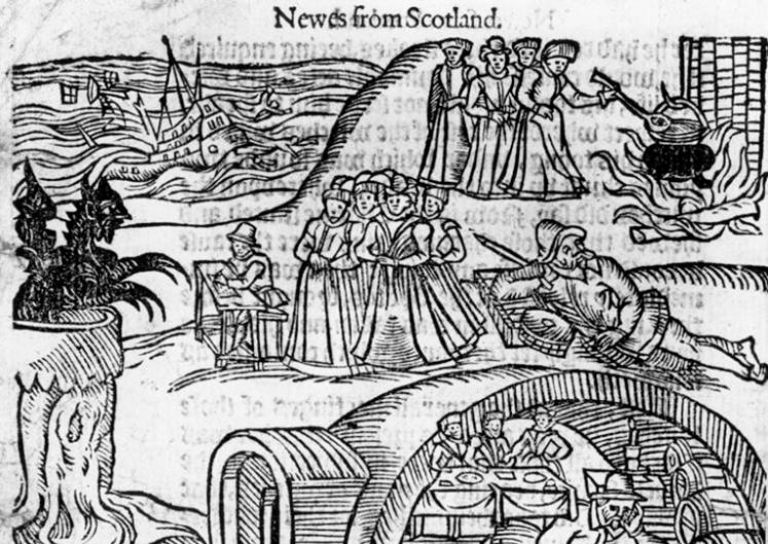
- Stirling’s Ancient Wells
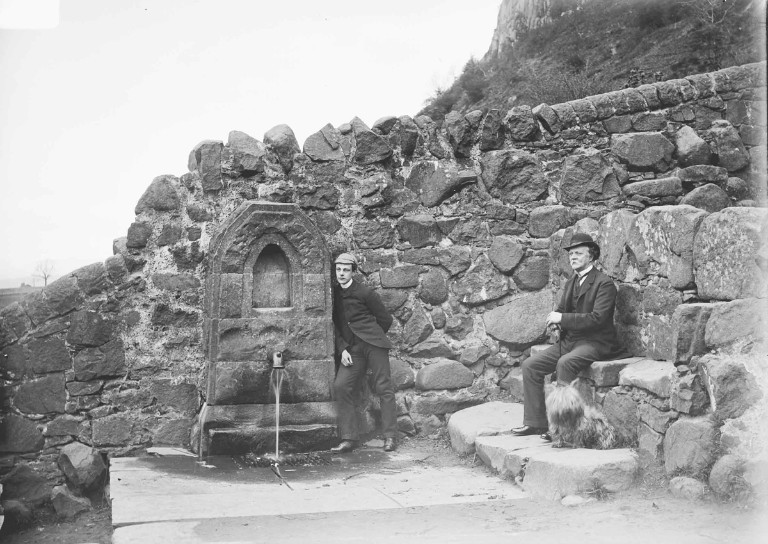
- An architecture student’s take on the City Of Stirling
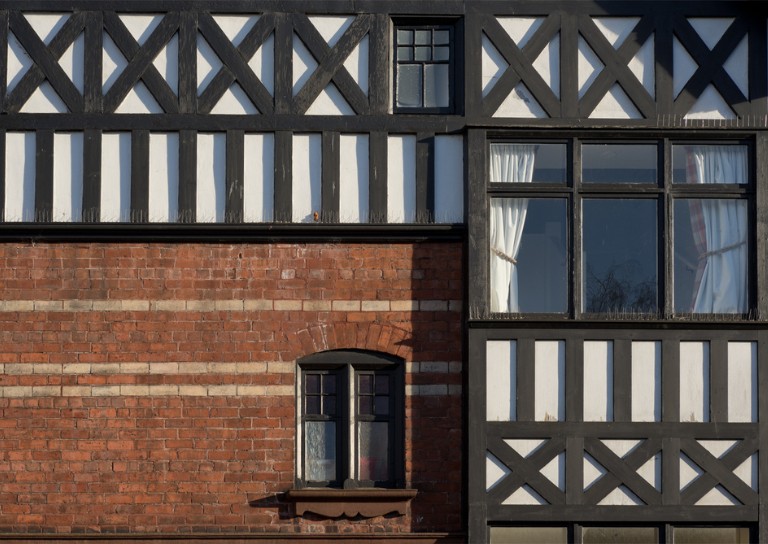
- Ronald Walker: Stirling’s Architect
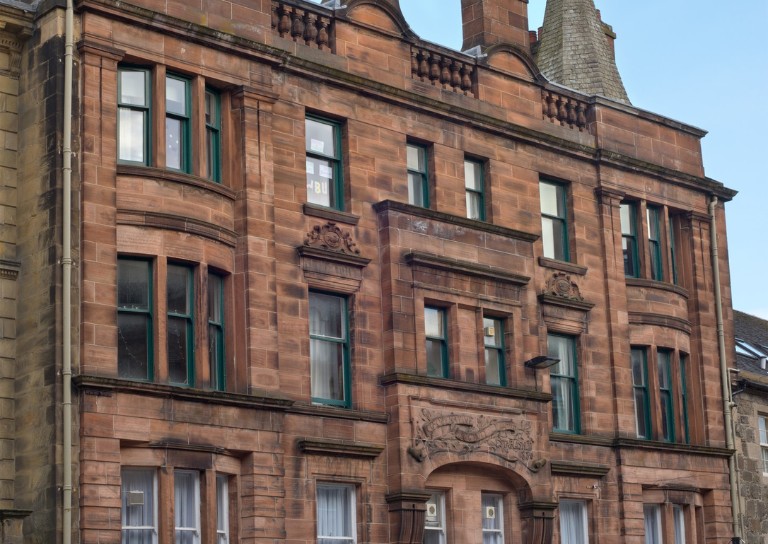
- Stirling’s Statues
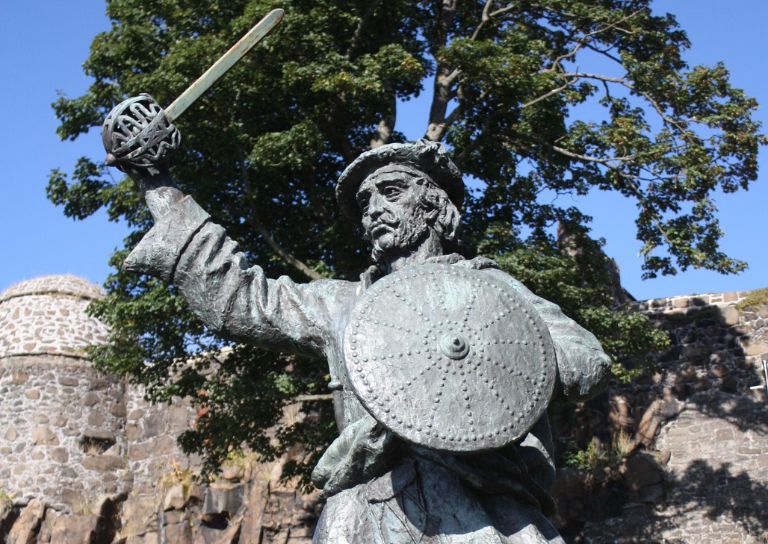
- Stirling’s Wee Bungalow Shops
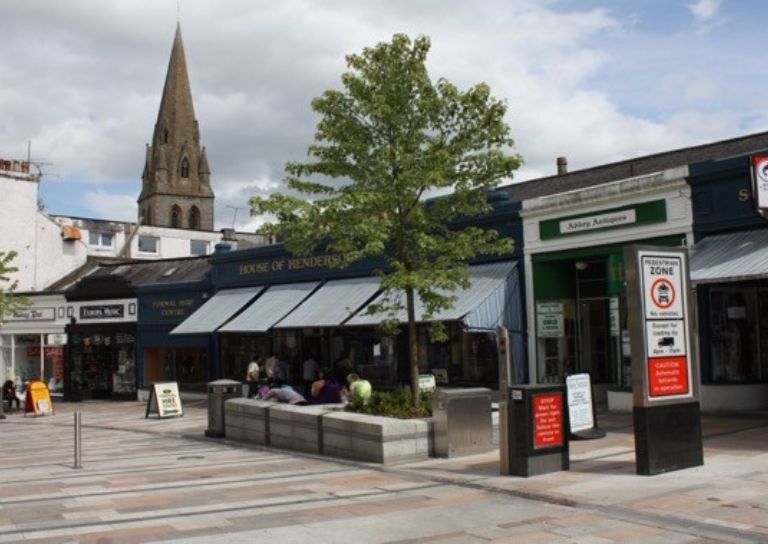
- Stirling’s Historic Hospitals
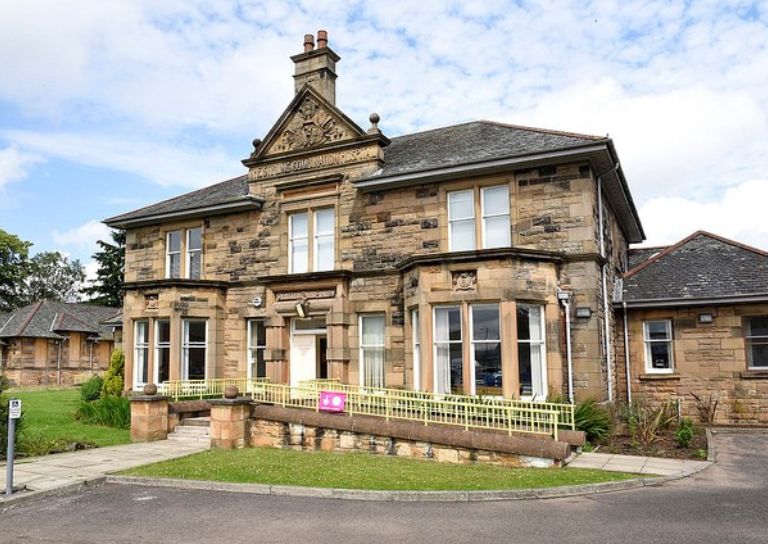
- Women in Digital Innovation and Construction
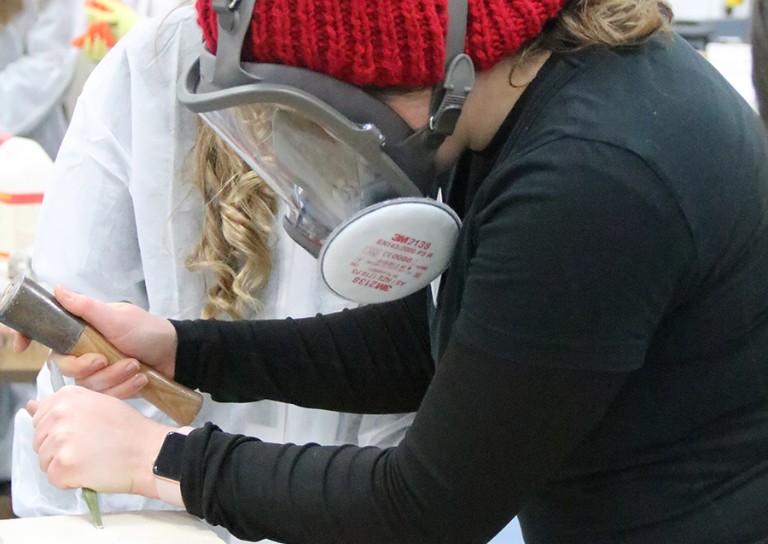
- Heritage at home: 8 of the best online heritage resources
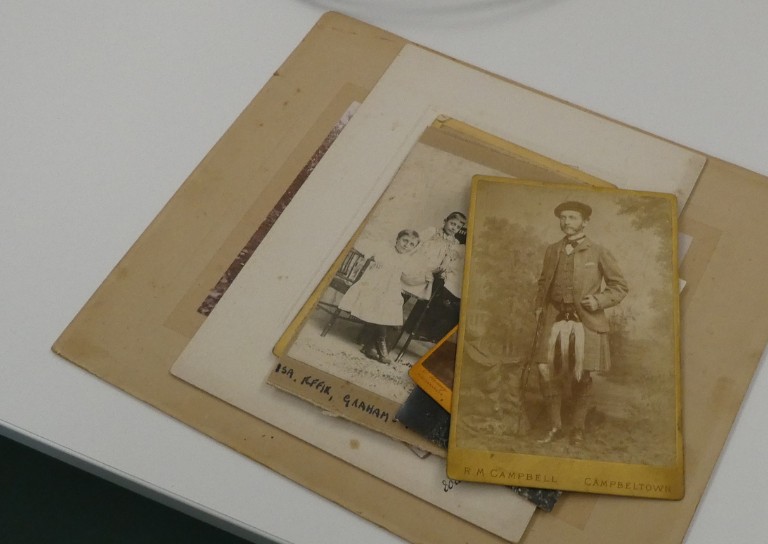
- Stirling featured at virtual heritage conference

- Five of Stirling’s greatest John Allan buildings
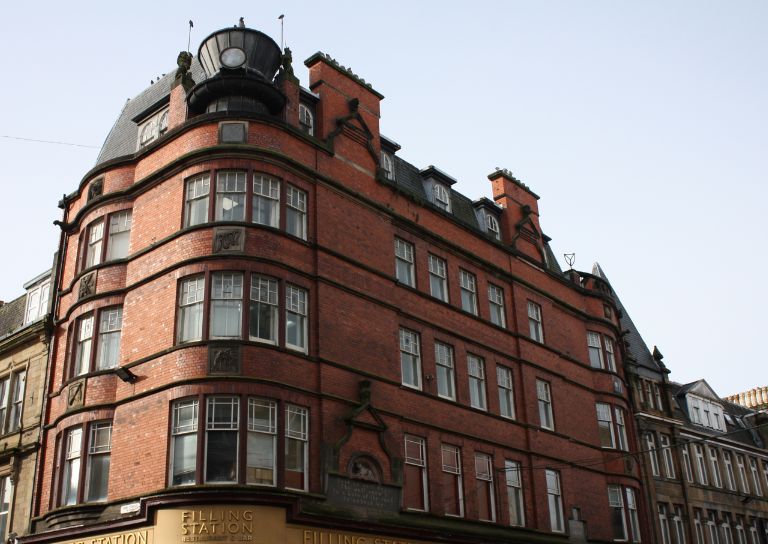
- Women in Construction – Stirling event report

- Scotland’s trailblazing women architects
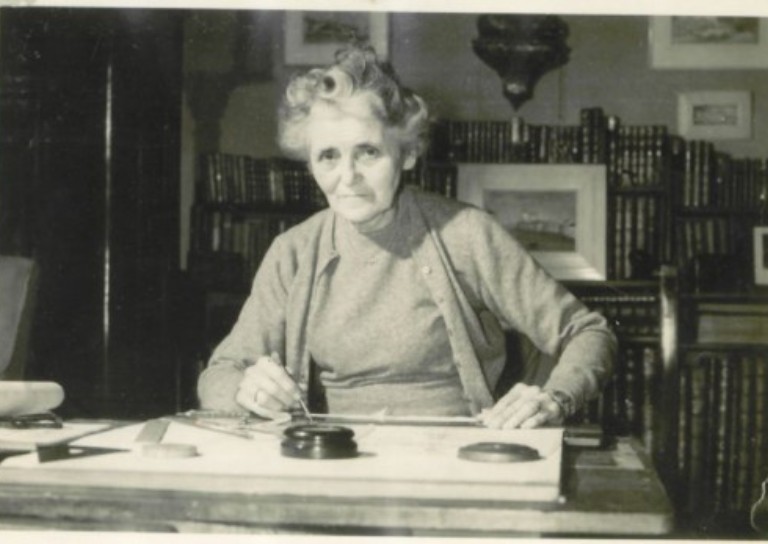
- Stirling’s Heritage: Spotlight on The Granary
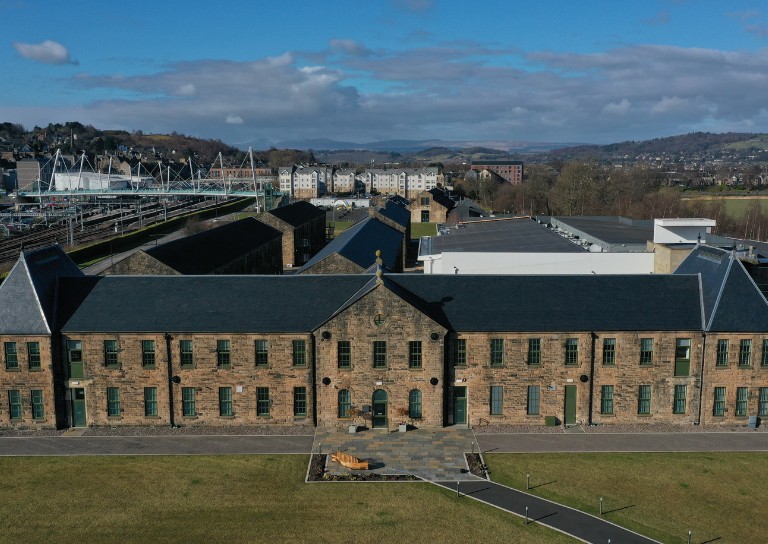
- TBHC Scheme now open to properties in Dunblane and Blairlogie
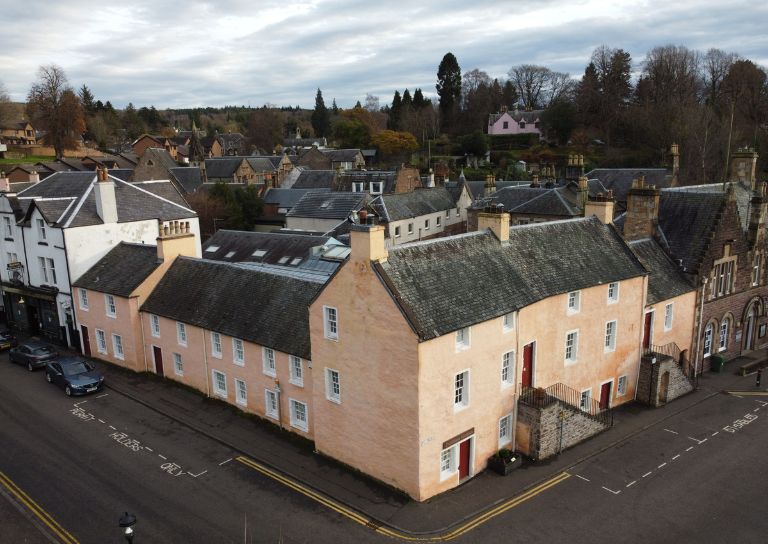
- How drones help us inspect traditional buildings

- Hazardous Masonry & Masonry Falls
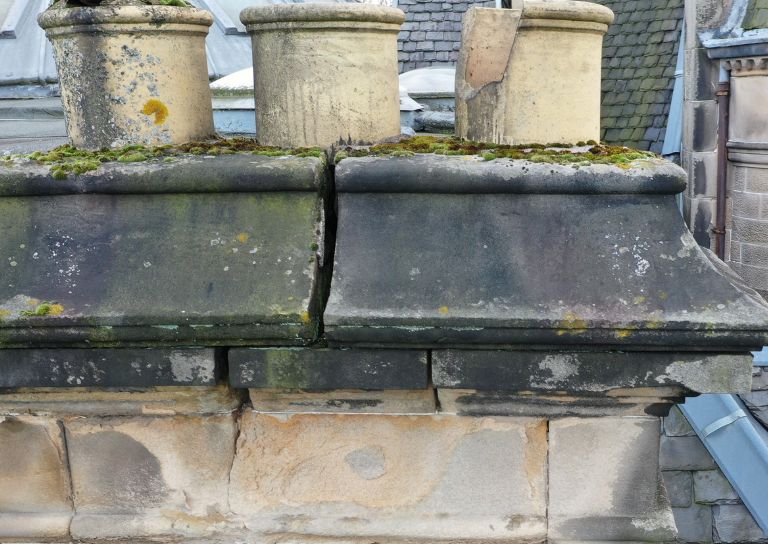
- Mason Bees: What’s the Buzz?
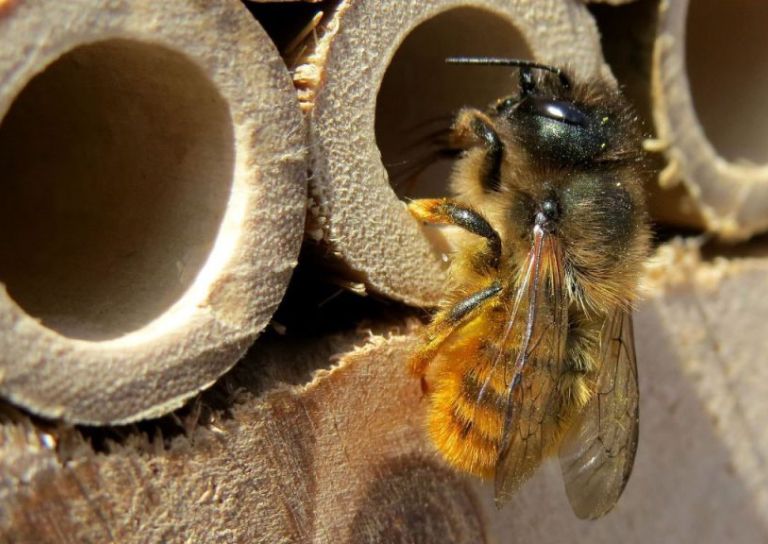
- Stirling Traditional Skills Demonstration Day Success!
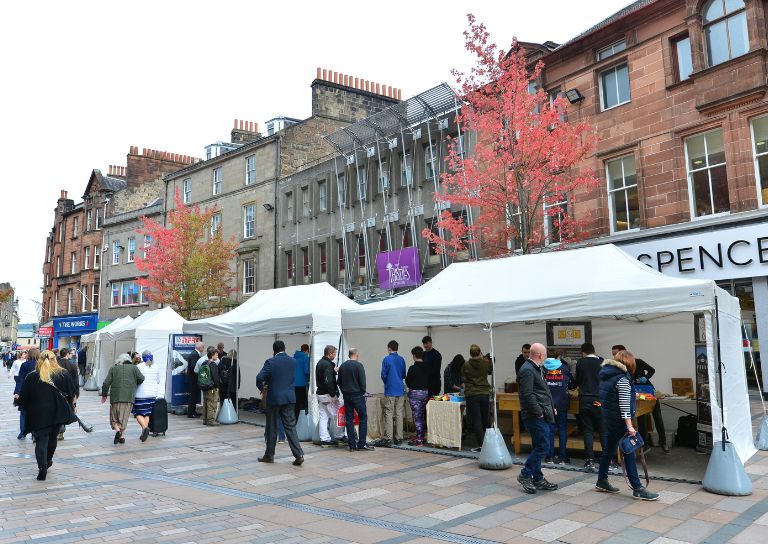
- Floating Head Sculpture at Garden Glasgow Festival 1988
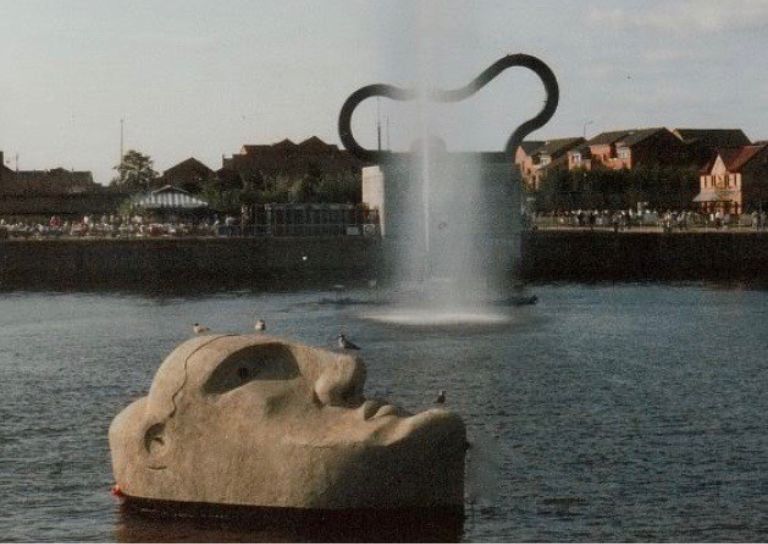
- The story behind Paisley Abbey’s Alien gargoyle
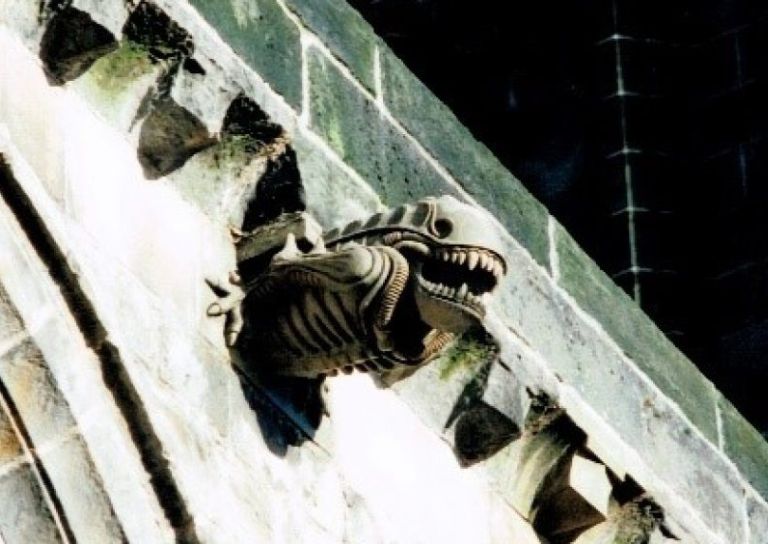
- Cambuskenneth Abbey

- Stirling City Heritage Trust Publications

- Sharing Memories: Taking '20 Great Buildings of Stirling' into the community
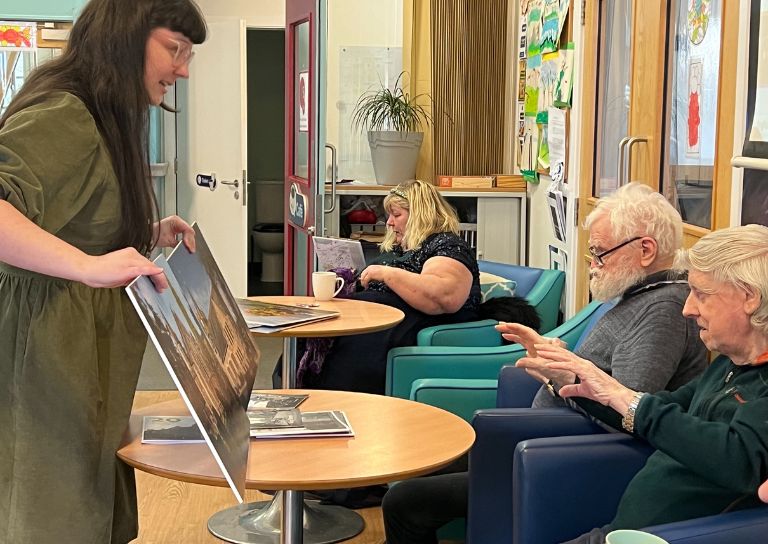
- William Wallace Statues In Stirling
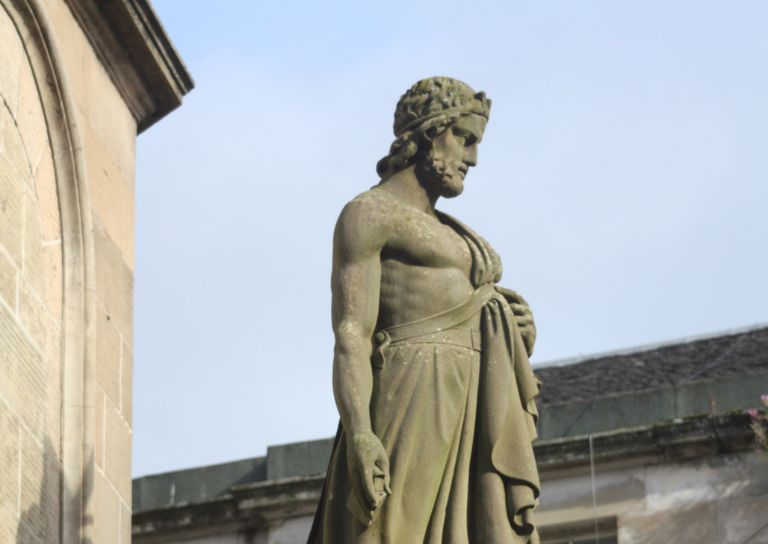
- Coronations and Royal Christenings in Stirling
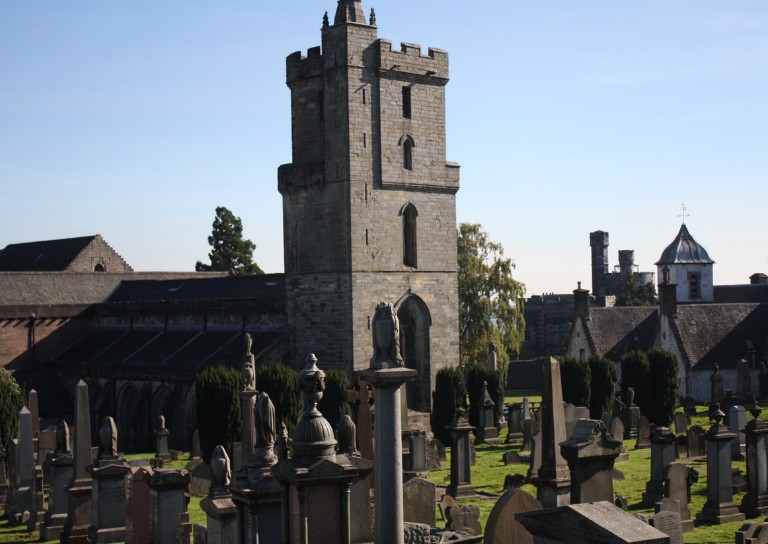
- The development of King's Park
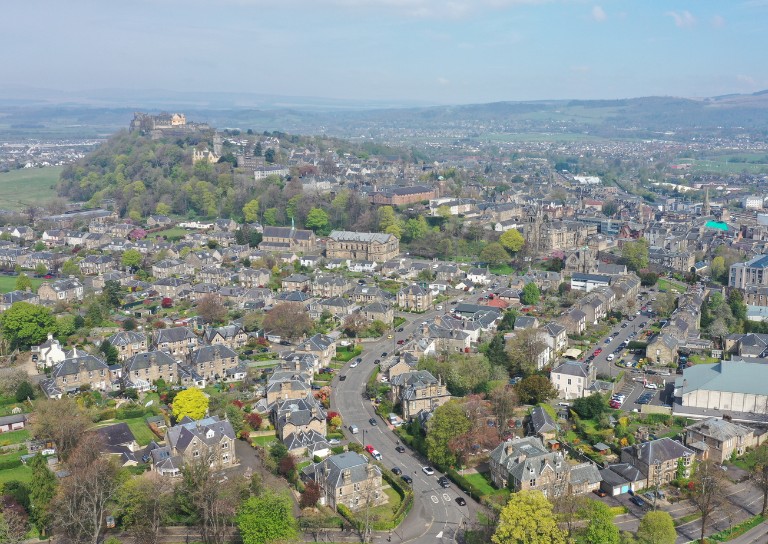
- Energy efficiency project awarded grant from Shared Prosperity Fund
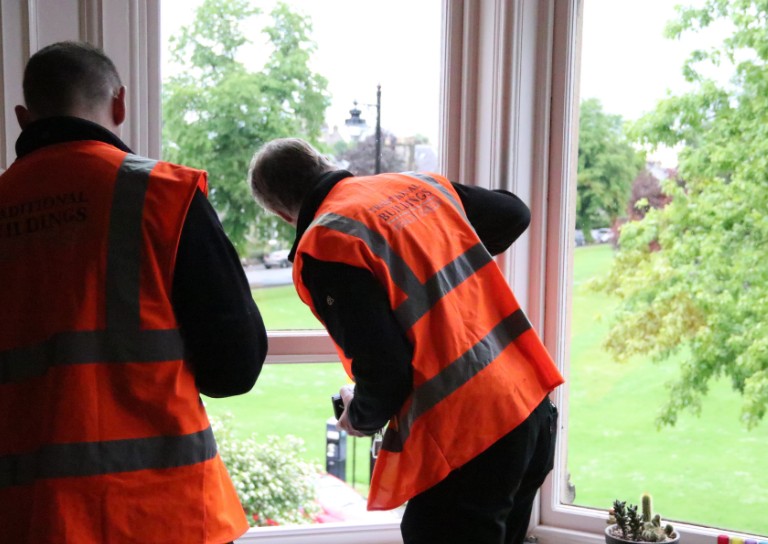
- Inspiring the Future: Stirling City Heritage Trust's Women in Construction Event at Wallace High
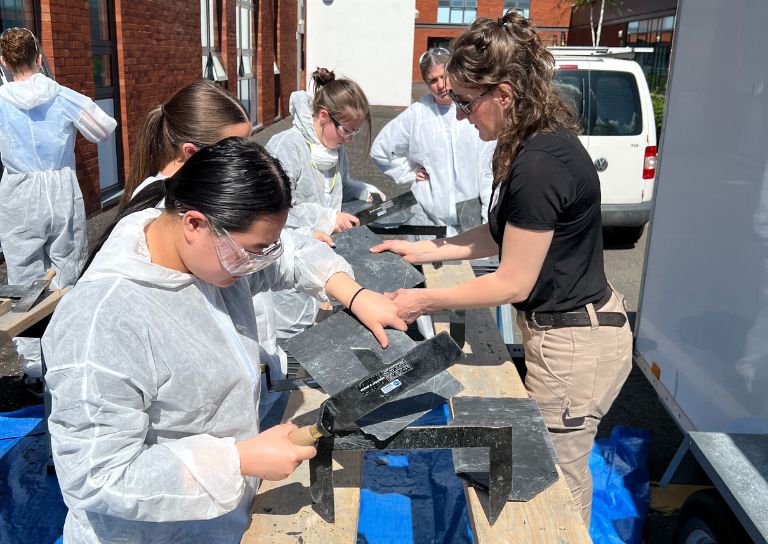
- Doors Open Days Talk: Who Built Stirling?
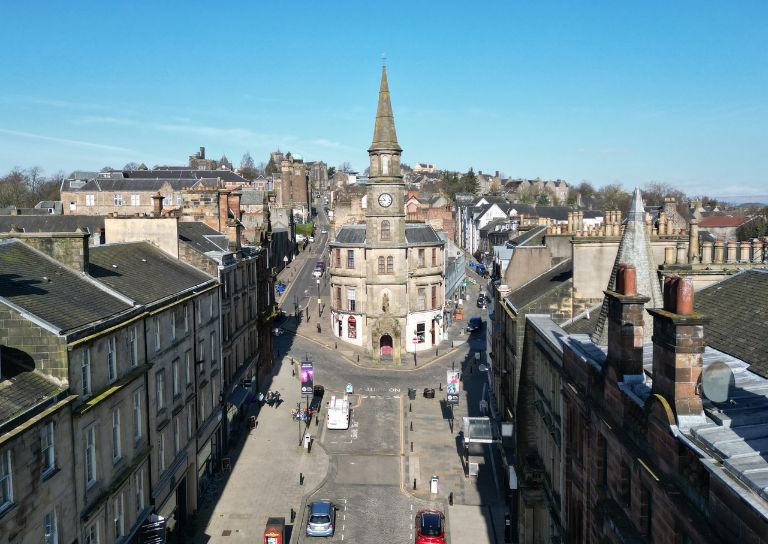
- 10 Years of the Traditional Buildings Health Check
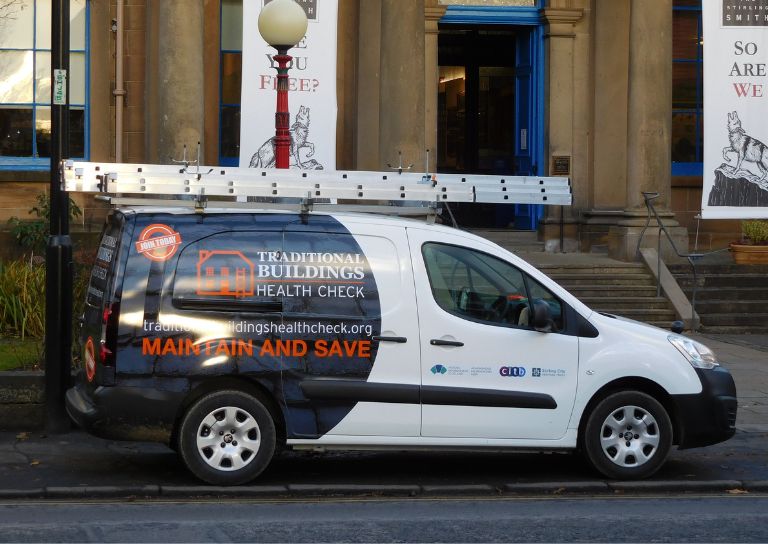
- Growing up in Stirling: A Night of Reminiscence at The Smith
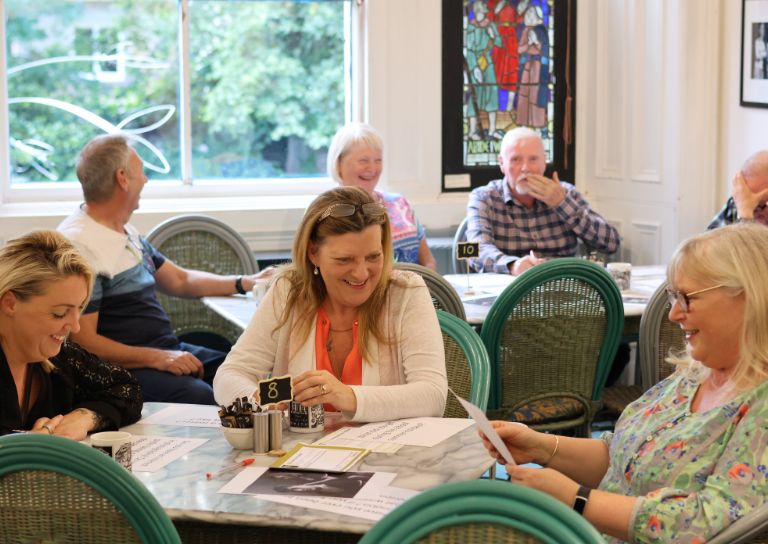
- SCHT visit to Brucefield Estate, Forestmill, Clackmannanshire
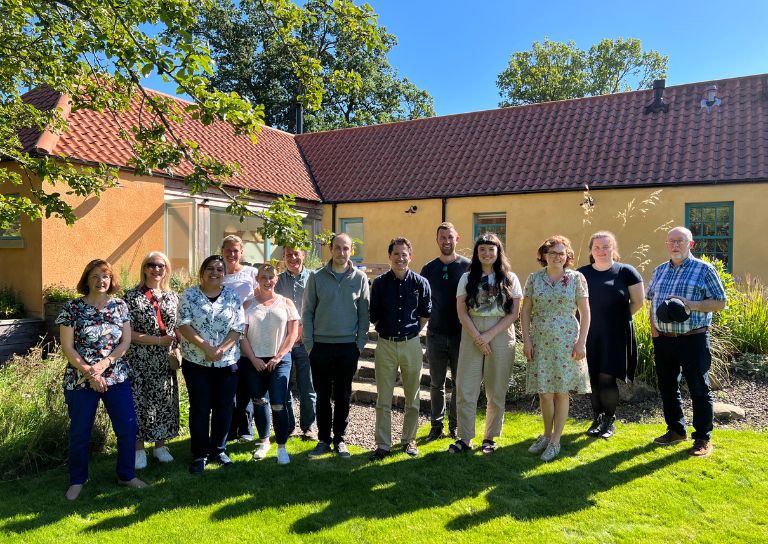
- Statement on Christie Clock
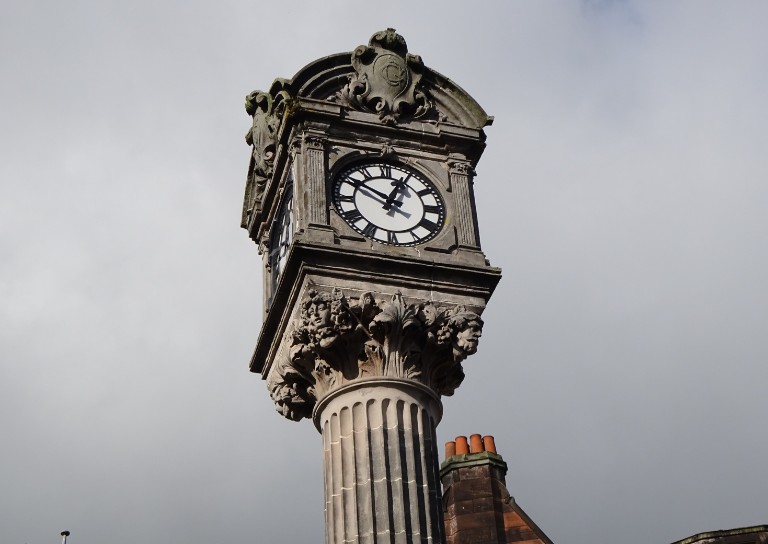
- Stirling’s Lost Skating Heritage
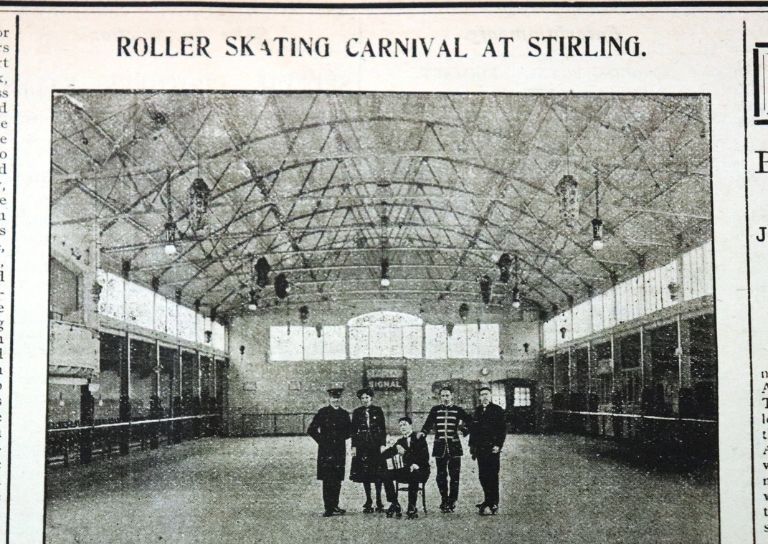
- Laurelhill House and the West Indies
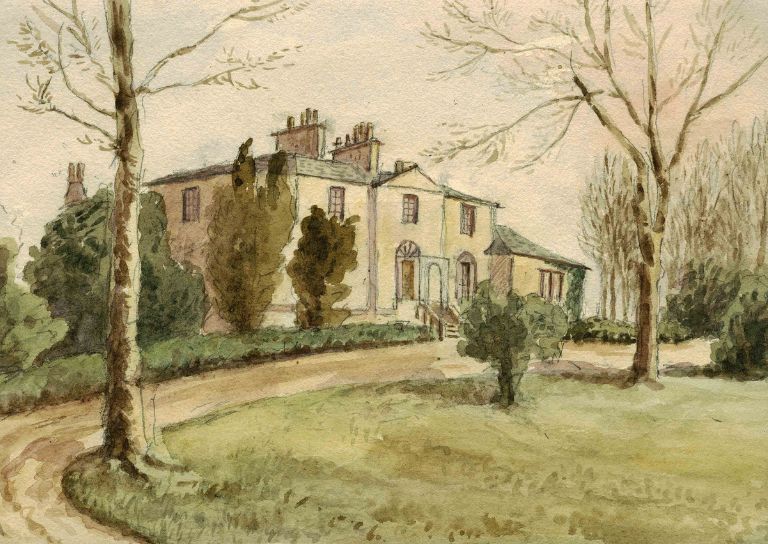
- Beechwood House and the Transatlantic Slave Trade
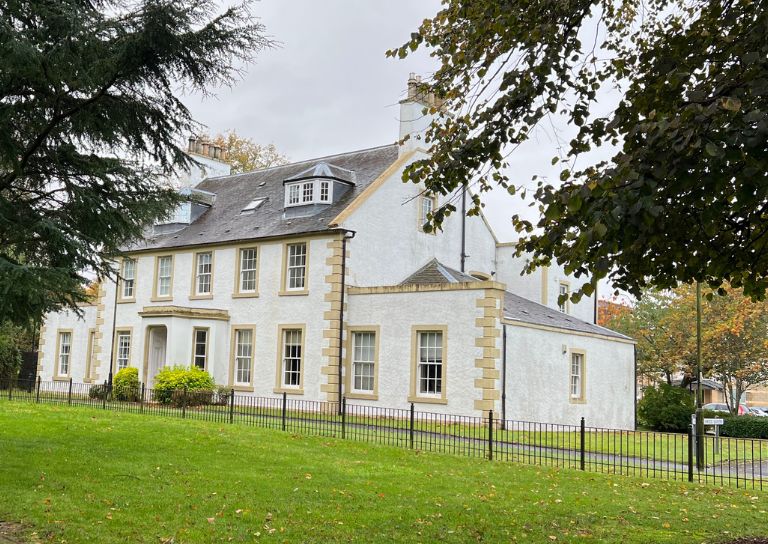
- Retrofitting Traditional Buildings
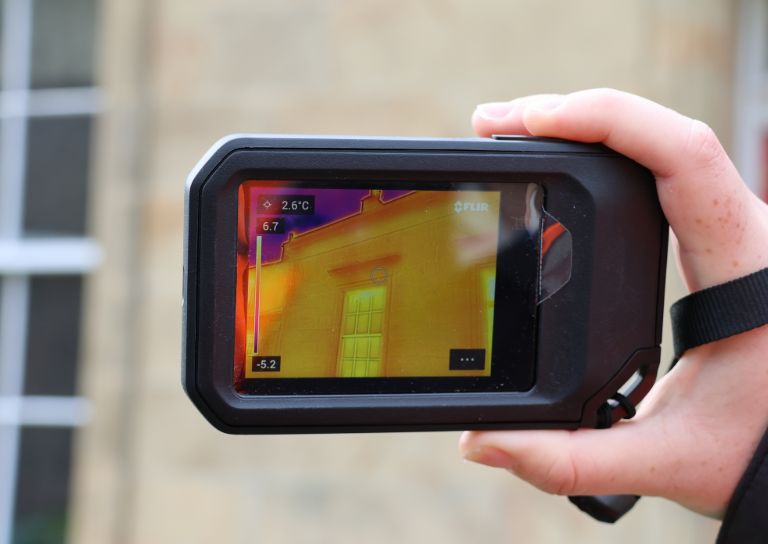
- Building Resilience: Maintaining Traditional Buildings
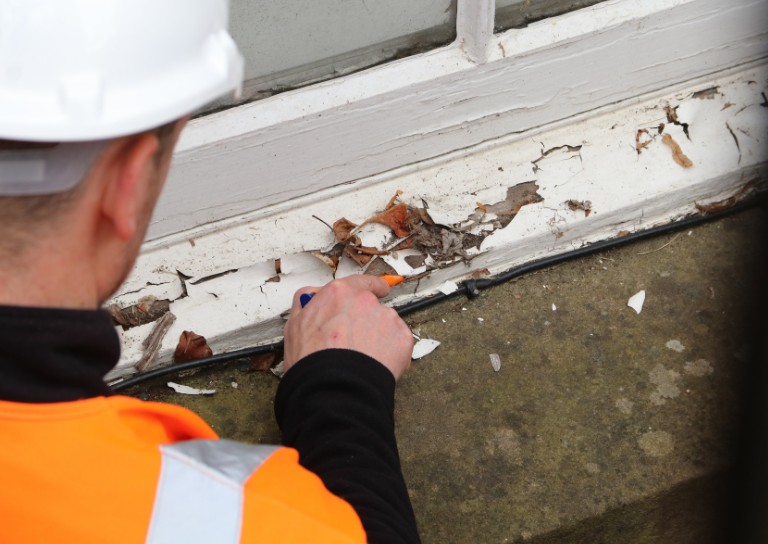
- Shopping Arcades
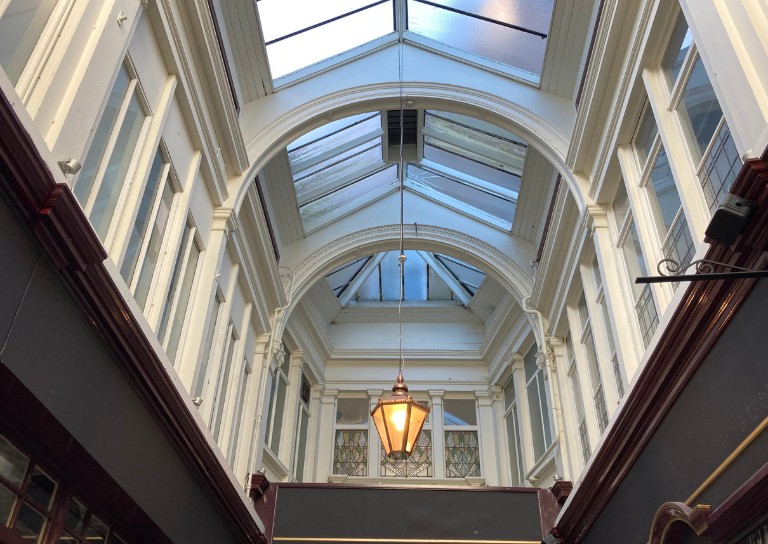
- Retrofitting Traditional Buildings: Fabric First
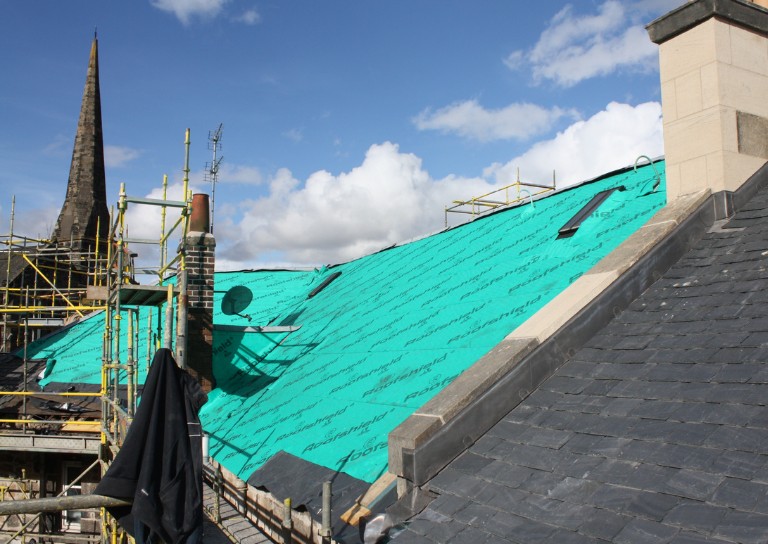
- Stirling Reminiscence Box
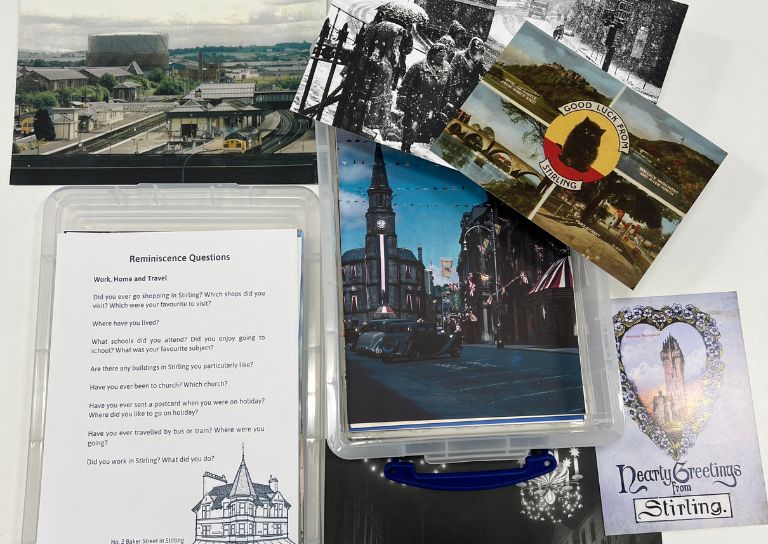
- Level 3 Award in Energy Efficiency for Older and Traditional Buildings Retrofit Course (2 Day)
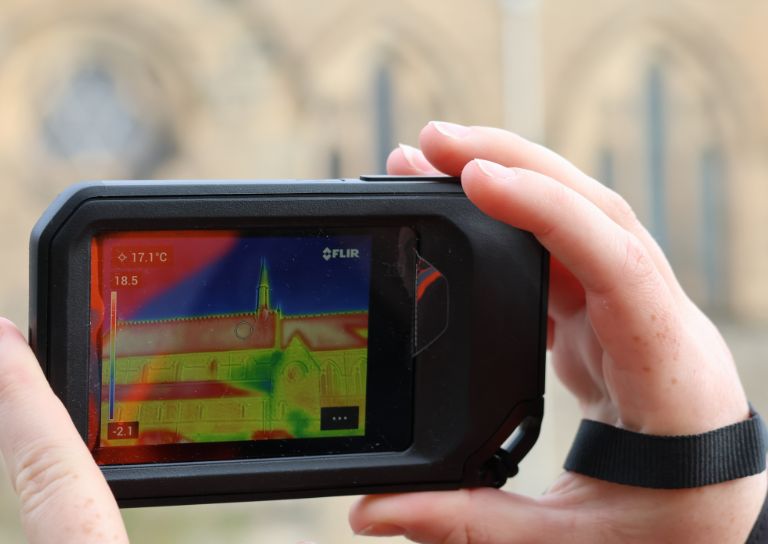
- New Retrofit Service now available for Traditional Buildings Health Check Members

- Retrofitting Traditional Buildings: Windows
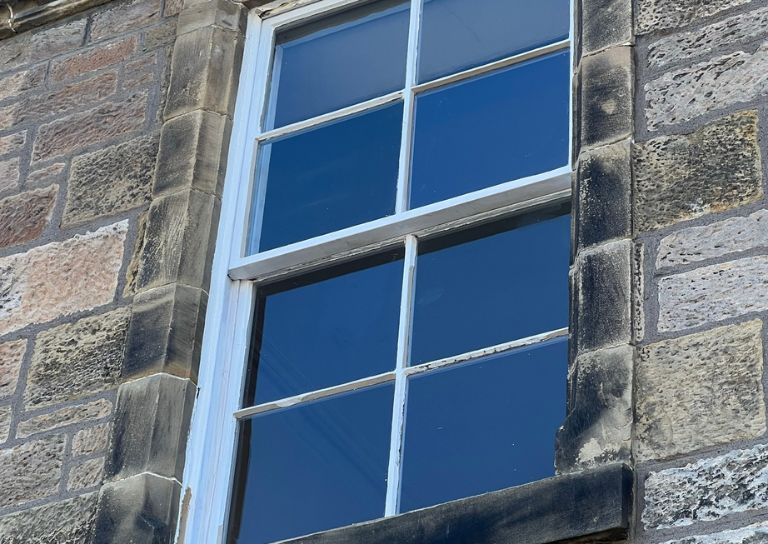
- Architects and The Thistle Property Trust

- Retrofitting Traditional Buildings: Insulation
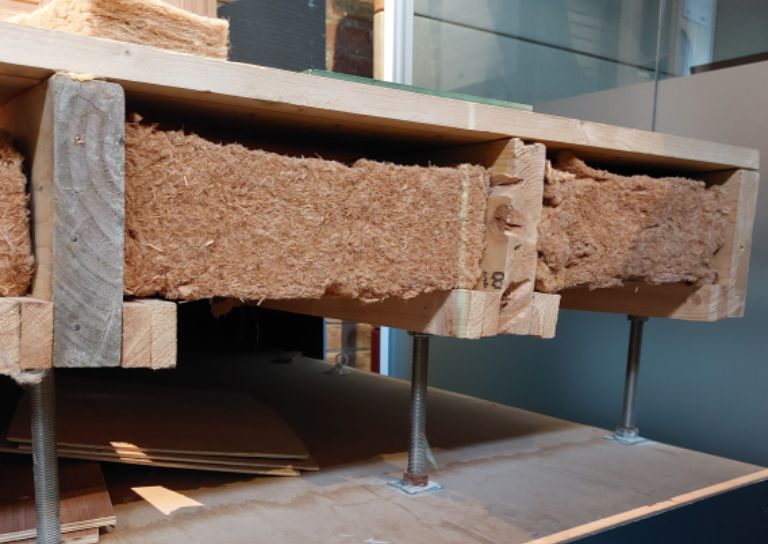
- Stirling City Heritage Trust at 20
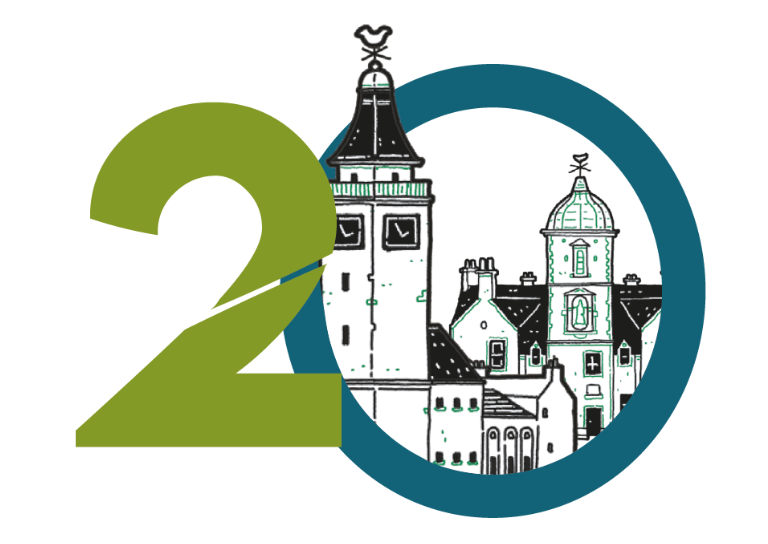
- Miss Curror and the Thistle Property Trust
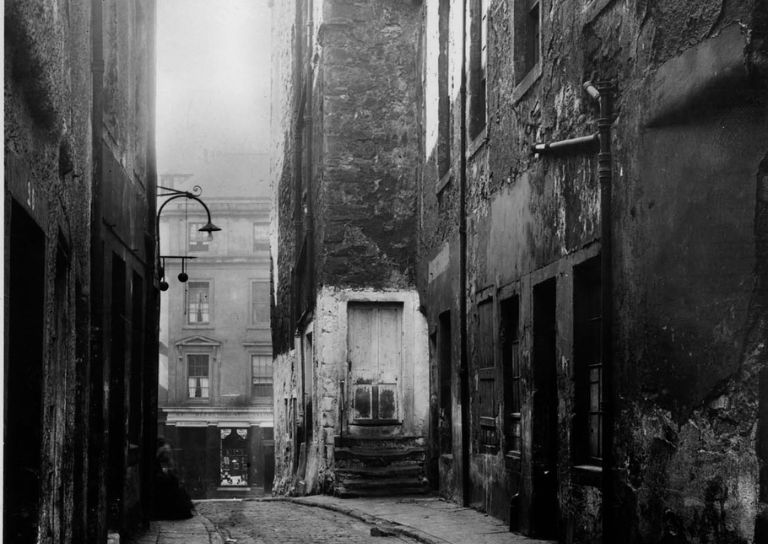
- Retrofitting Traditional Buildings: Chimneys
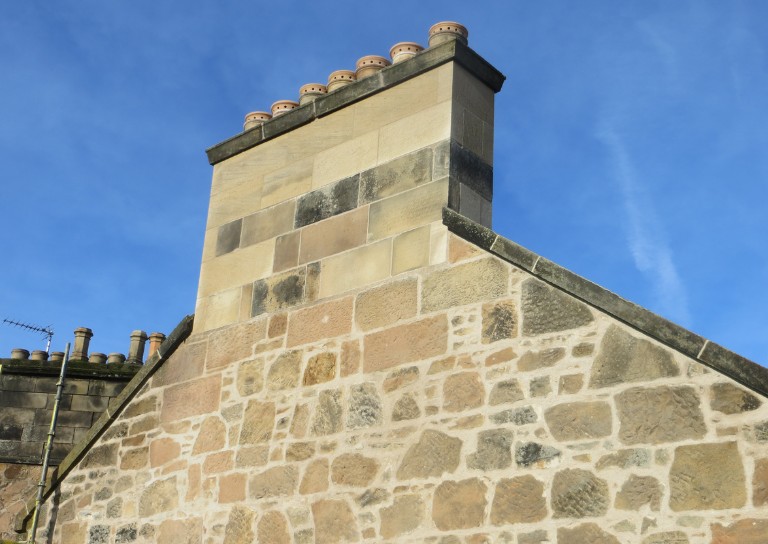
- Statement on Langgarth House

- World Heritage Day: Exploring Hayford Mill
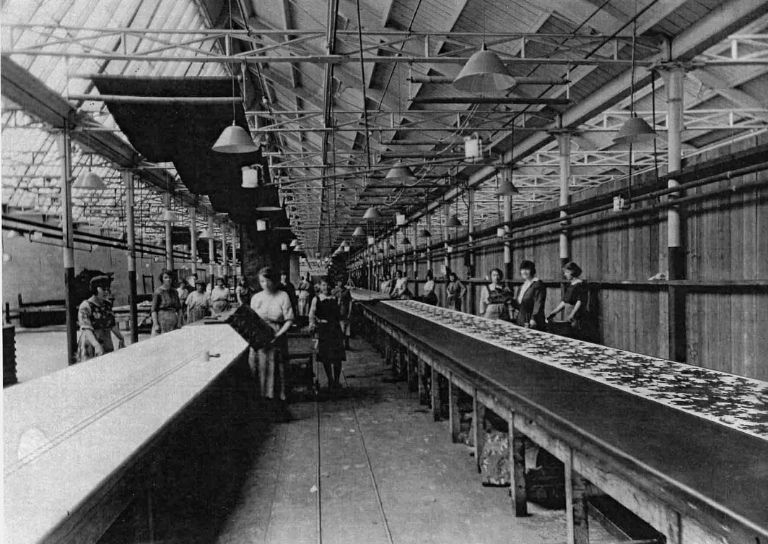
- Retrofitting Traditional Buildings: Climatic Adaptation
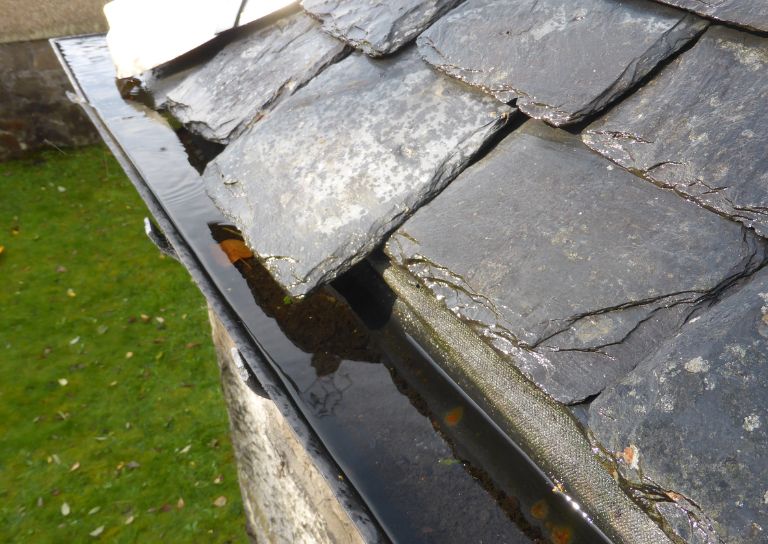
- SCHT 20: Championing Women in Construction
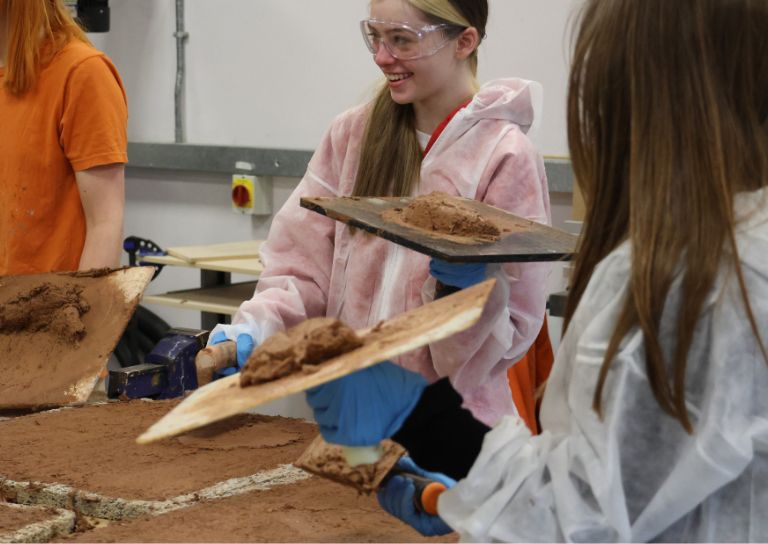
- Guest Blog: Dementia Friendly Heritage Interpretation
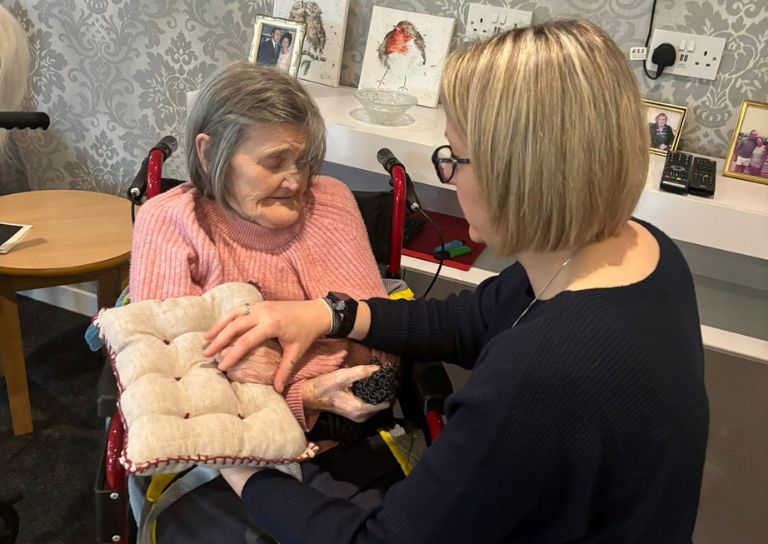
- Community Consultation launched for Stirling’s Heritage Strategy
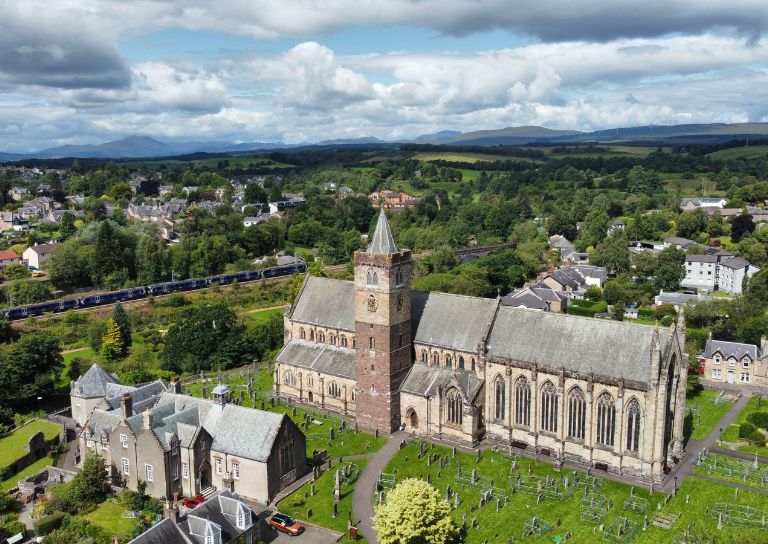
- Stirling's Lost Swimming Pools
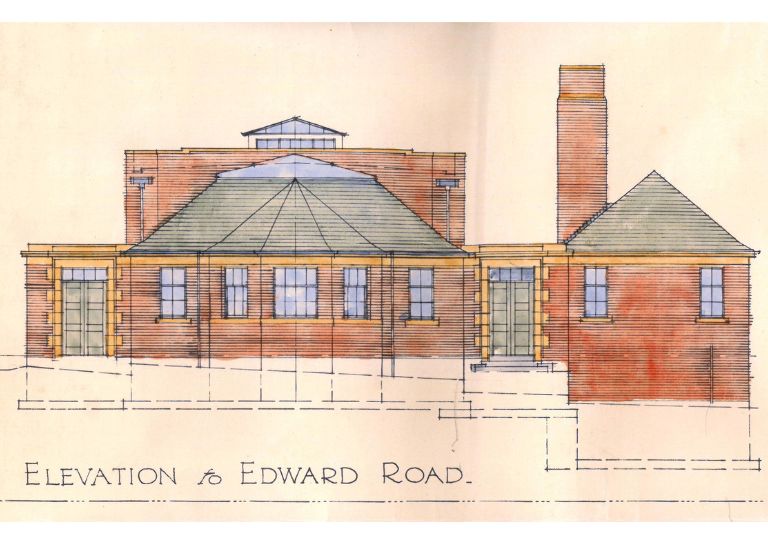
- SCHT Grant Conditions: Owners Associations
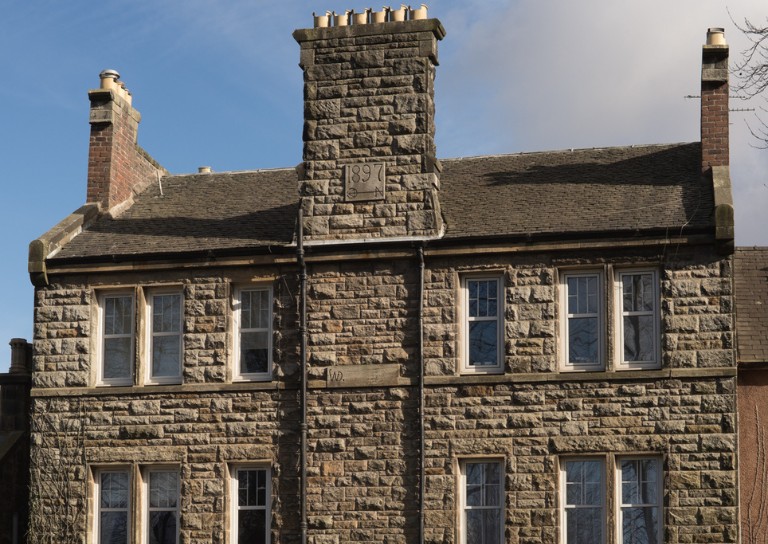
- Kings, Wolves and Drones: 20 years of care and repair at Stirling City Heritage Trust

- SVE Inspire Awards September 2024
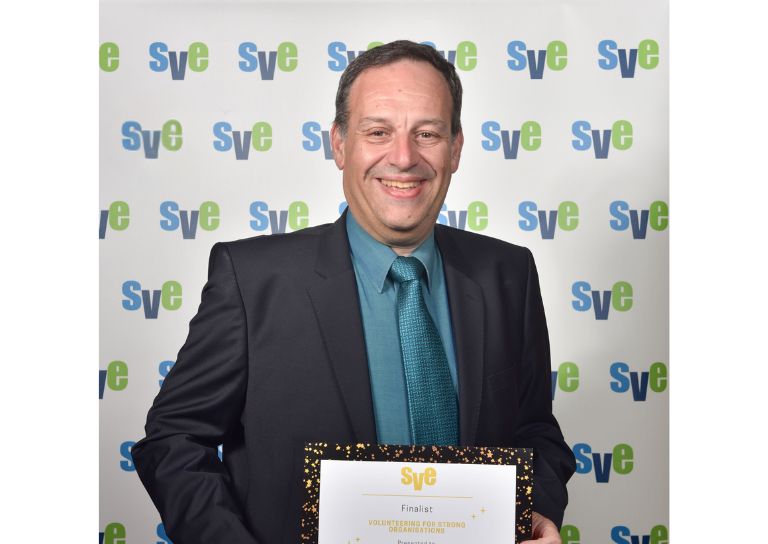
- Women in Construction at Bannockburn House
- About Us
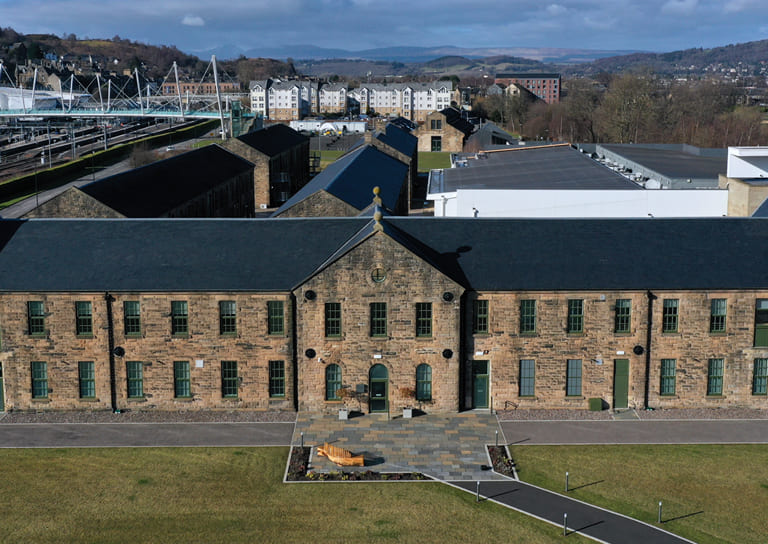
- Support Us
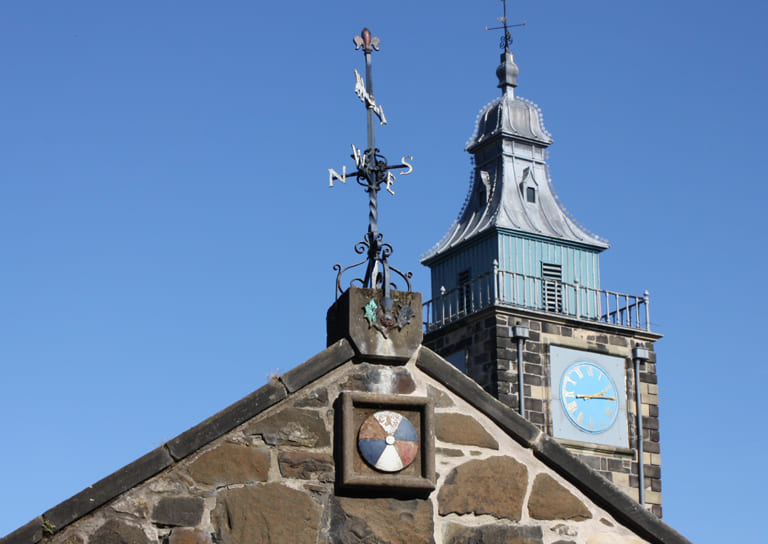
- Contact
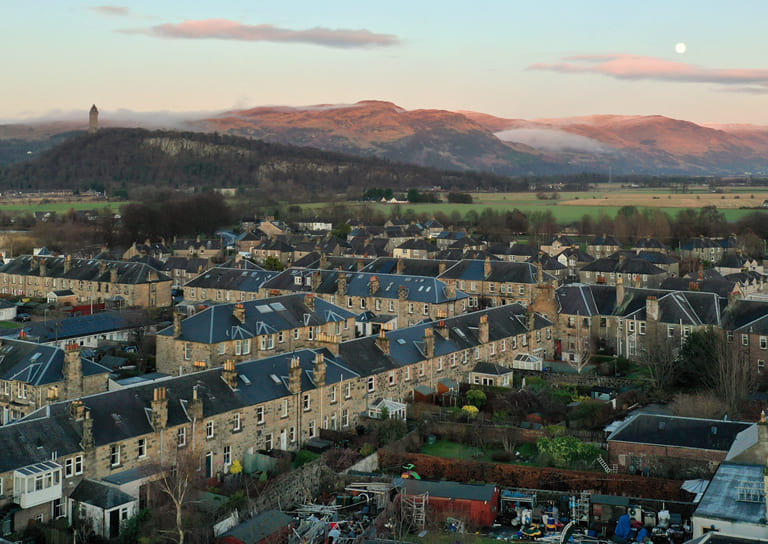
Beechwood House and the Transatlantic Slave Trade

The B Listed Beechwood House now sits within the Randolph Road Conservation Area and has been subdivided into flats, but this is one of the few surviving mansion houses in Stirling with direct links to the West Indies and the Transatlantic Slave Trade. The lands the house was built on were called Larkfield, and they were originally part of the Torbrex Estate, owned by the Wordie family. In 1714, John Wordie sold the Larkfield Lands to an Andrew Neilson. On his death, Larkfield was purchased by William Spittal. The estate was then sold again, to Alexander Galloway. Jean Galloway sold the land on to James Neilson. It was James Neilson, who built ‘Larkfield Villa’, now Beechwood House, in the 18th century. He was from Cambusbarron but had reportedly made his fortune in the West Indies.
A useful tool when researching the history of the Transatlantic Slave Trade in Britain is University College London’s online database Legacies of British Slavery (ucl.ac.uk). A quick search reveals that a ‘William Spittal’ is listed as being the Executor and Attorney for 5 different Plantations/Estates in Jamaica. He is not listed as an owner of enslaved people, but he nevertheless made his money as an employee of those who were, and as a result could have lived in and around theses Plantations/Estates in the West Indies between 1825 and 1834.
Many Scots made huge amounts of money working as legal or medical professionals, Plantation/Estate Managers in the West Indies and then returned to Scotland to buy landed estates and live as gentlemen. Our National Poet, Robert Burns, who wrote ‘The Slaves Lament’ famously considered emigrating and working as an overseer or ‘negro driver’ (in Burn’s own words) on a sugar plantation in Jamaica. The plantation was owned and managed by Charles Douglas, Burns was friends with his brother, Dr Patrick Douglas. Ultimately, Burns decided not to make the journey across the Atlantic. However, between 1750 and 1800 around 17,000 Scots did make the crossing in search of their fortunes.
The builder of Beechwood House may also have been involved in the Transatlantic Slave Trade. A ‘James Henry Neilson’ is listed as a ‘claimant or beneficiary’ on the UCL database. This man was the owner of 7 enslaved people in Jamaica in the parish of St. Thomas-in-the-Vale. He was compensated £197. 18s 6d for their loss on 8th May 1837. This would be around £12,000 in today’s money. Now, you may be asking why Neilson was ‘compensated’ for owning human beings. This was due to the Slave Compensation Act of 1837, which, combined with the Abolition Act of 1833, put an end to the Transatlantic Slave Trade in Britain by compensating the owners of the enslaved in British colonies for freeing the enslaved. Over £20 million, around £16.5 billion in today’s money, was paid out across Britain, and it is these records which provide us with a valuable resource on the economic and social impact of slavery in Britain. After years of campaigning, the only way to secure the abolition of slavery and an end to the Transatlantic Slave Trade, was paying the very people who upheld the brutal system. UCL estimate that today, ‘somewhere between 10-20% of Britain’s wealthy can be identified as having had significant links to slavery’.
By 1860, Larkfield had been renamed Beechwood and over the next hundred years it had a series of wealthy owners and tenants, many of whom had links to the British Empire. In 1960 it was sold to Stirling Burgh Council by Colonel John Logan and the grounds became a public park. In 1962, part of the house was given to the Stirling Burgh Branch of the Women’s Voluntary Service as offices, and a nuclear bunker for a family of four was created in the basement, designed to raise awareness about civil defence. In 1973 Stirling District Council Leisure and Recreation Department took over the building, and by the 2000s it had been sold and converted into 5 flats, and the grounds are still a public park.
Research & Resources:
- Robert Burns and Jamaica – Legacies of Slavery in Glasgow Museums and Collections (glasgowmuseumsslavery.co.uk)
- Legacies of British Slavery (ucl.ac.uk)
- Slavery and the Slave Trade | National Records of Scotland (nrscotland.gov.uk)
- Scots Involvement in the Atlantic slave trade | National Library of Scotland (nls.uk)
- Scotland and Slavery - Black History Month 2023
- BBC Scotland - Slavery: Scotland's Hidden Shame, Series 1
With thanks to Pam McNicol, Council Archivist at Stirling Archives for sharing her research into Beechwood House with us.


